|
Mild weather lingers as the leaves turn golden - then the days shorten, mists smother the valley, and frosts coat the grass. We had fine weather through most of October. The colours only started turning in earnest towards the end of the month and, because there was very little wind, they stuck around for a while. Much to my disappointment, the ponies moved out of Lake Field in November. At first we thought they might have been relocated for bonfire night (a very big, very rowdy night in Battle!), but then a sign popped up informing us that they'd done their bit for Lake Field and the National Trust was moving onto the next stage. This involved felling a patch of sycamores from the edge of Lake Field to the left of these photos. Apparently there used to be allotments here. I'm not sure when they were established or when and why they were left to overgrow, but they must have been disused for a couple of decades judging by the size of the trees. I hope you've enjoyed this year-long photo series about Lake Field as much as I've enjoyed taking the photos. It's been interesting to see the seasonal changes wash across this one view and exciting to document the National Trust works in and around Lake Field. I certainly wasn't expecting so many changes when I began the project.
2 Comments
After a glorious late summer in East Sussex, the year begins to sink softly towards autumn. The grass is cut for hay and the crops are harvested. In the pastel mornings, mist hangs in skeins over the fields. But the most exciting news from Lake Field is the arrival of some new residents: three Exmoor ponies! The ponies were preceded by a bit of work by the National Trust, including new fences and gates. While people are still able to enter the field, this infrastructure should keep loose dogs away from the ponies. The ponies seem to be quite a hit with passers by, who can often be seen leaning on the fence to watch them. I count myself amongst the gawkers - I'm pretty happy with our new neigh-bours! (I stole that pun from Dan.) JulyAugustSeptemberThe season changes quickly. After the long, bare months of winter and the held-breath pause of early spring, suddenly life returns to the world. One month I'm studiously keeping track of each new sign (daffodils, crocuses, primroses), the next it seems that everything comes at once (willow leaves, nettles, oak leaves, wildflowers, migrant birds, lambs, calves, plenty of wild food). The transition into the abundance of early summer is less noticeable at the time, though on reflection the visual cues are there in Lake Field and in the trees and farmland beyond. AprilMayJuneWhat markers of summer (or winter) are you observing in your patch at the moment? April's Outdoor Bloggers theme was "from your own front door", a challenge to explore the world within a mile of your house. As you might remember, Lake Field is just around the corner from me - and not only does it have a lovely view, it also contains one of my favourite springtime foraging herbs: sorrel. Sorrel is easy to pick in decent quantities, great to eat fresh in sandwiches and salads and delicious in soup or risotto. Spring has truly arrived (this week the weather has been turning on a penny from snow showers to bright blue skies) and we're in the middle of the first foraging glut of the year. This month I've seen loads of wild garlic, primroses, stinging nettles, dead nettles, Alexanders, Jack-by-the-hedge (a.k.a. garlic mustard) and, you guessed it, sorrel! How to identify common sorrelCommon sorrel tends to grow in pastures rather than in hedgerows or woodlands and at first it can be tricky to spot: unless you're looking for it, you probably don't even know it's there. However, once you've found a patch, the likelihood is that there's more growing very nearby. It's perennial, too, so you should be able to return again and again to forage more (don't take too much from one clump, though, because you don't want to kill the plant). I've found quite a bit of sorrel in Lake Field, a few patches in other nearby farms and loads of it on the bank in front of the car park at the church just up the road. Sure, sometimes I can feel the puzzled gazes of passers-by on my neck as I scrabble about in the wet grass, but I'm getting a free meal out of it, so . . . Young sorrel leaves are a medium to dark green, while older ones tend to get flushed with red. The leaves are slightly shiny, and have a thickness and texture a bit stiffer than spinach. They are usually long ovals, anything from a few centimetres to a few inches long, sometimes a bit crinkly. They often have little round holes where bugs have eaten them. The best visual identifier, though, is at the base of the leaf: there is a pointy lobe on either side. These point back down the stem, although they tend to curl up, so you might need to unfurl them to get a 100% identification. If the lobe is not a point, it's not common sorrel. From late spring, sorrel flowers make identification even easier: tall red spikes that pop up above the surrounding grasses. Obligatory note of caution #1: Be careful not to mix up other leaves in your bag or basket as sorrel does sometimes grow mixed in with other plants. Don't confuse sorrel leaves with the leaves of Lords and Ladies or lilies that may grow alongside them - they're toxic. Finally, as with any plant you pick from ground level, especially in a popular dog-walking spot like Lake Field, give your sorrel a thorough wash before you eat it! What sorrel tastes likeThe taste is the final identifier. Sorrel has a tangy, almost lemony flavour. I love the way it makes my mouth water when I chew on a leaf. The citrusy element makes fresh sorrel a great flavour addition to wraps and sandwiches (with hommous, or egg, or roast vegetables). When it's cooked, it reduces and turns limp and brownish. I also find that the tanginess becomes slightly more subdued. Add sorrel at the end of the cooking process to retain more of the flavour. Obligatory note of caution #2: The tanginess of sorrel is due to its oxalic acid content. I've never had any problem with this, but you might want to keep your first intake to a handful of leaves rather than baskets of the stuff. An overdose of sorrel (which from my limited research probably means eating a large plateful of it for every meal) could make you vomit or, more seriously, have a heart attack. So don't do that. Recipe: Tangy, Wild, Green, Springtime Risotto (catchy name, right?)As with most of my recipes, the quantities listed are approximate. It might be that you need more liquid - so use more liquid. If you like a cheesier risotto, use more cheese. If you like more garlic, put more in. If you want to eat more veggies, add them. If you're vegan, use a vegan cheese or add a few tablespoons of nutritional yeast flakes and/or a ground up dried shitake mushroom for umami. However. While the ingredient quantities are flexible, you do need to pay attention to the timing: have everything ready before you start and be prepared to stir the pot almost constantly for the entire process. Here's a good risotto primer. And here's one of those Guardian "How to make the perfect..." experiment articles on risotto. Ingredients
Method
Do you have any favourite wild spring foods? What are you foraging for at the moment? And what wild (or almost-wild) food can you find within a mile of your front door? (The supermarket doesn't count!) I feel very lucky to live in such a beautiful place. Just a few steps from my front door, there's a delightful view over fields and a little valley to a white farmhouse opposite. A footpath leads diagonally through the scene, inviting me to walk up to the ridge beyond. It's hard to believe the footpath gate lies only metres away from what is, essentially, the high street. The view is particularly special because it's protected. Lake Field, the slope in the foreground, is owned by the National Trust. As the sign says, "The National Trust was able to acquire Lake Field in 1938 and so preserve the view to the north through the generosity of Mrs C.E. Chartsworth, Mrs M.E. Quarterly, Mrs D. Tuck and Miss D.E. Noakes." In the spirit of their generosity, I thought I'd document the view over the course of a year and share it here so you can enjoy it, too. JanuaryFebruaryMarchAre there any views, trees, gardens or other places near where you live that you use to mark the seasons? (P.S. Here are the follow up posts: Spring to Summer, Summer to Autumn and Autumn to Winter.) |
In which IIn which I do things and write about them In which I tag
All
In which I archive
July 2022
|
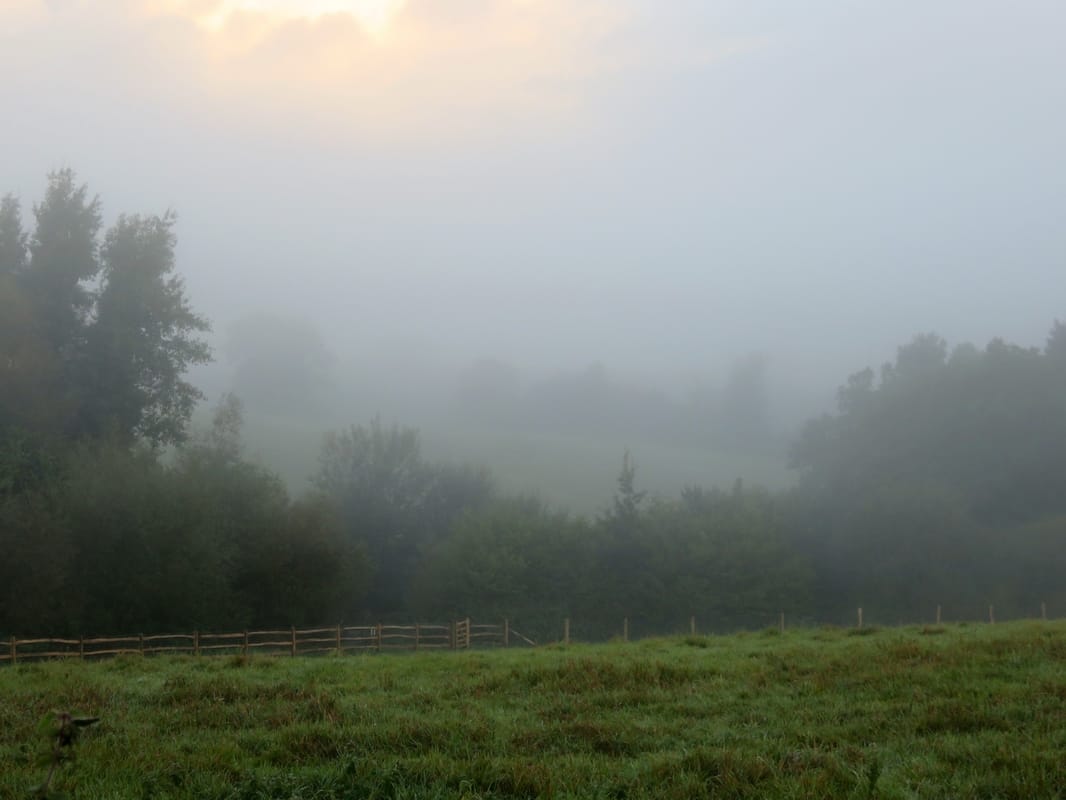
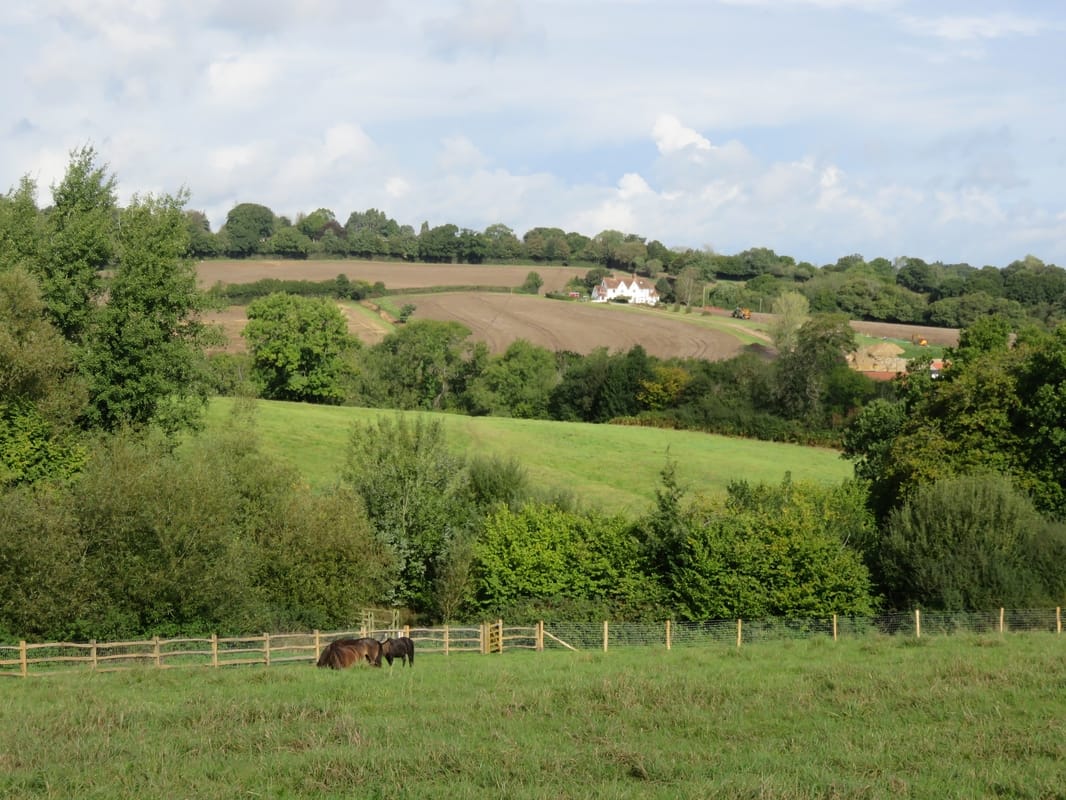
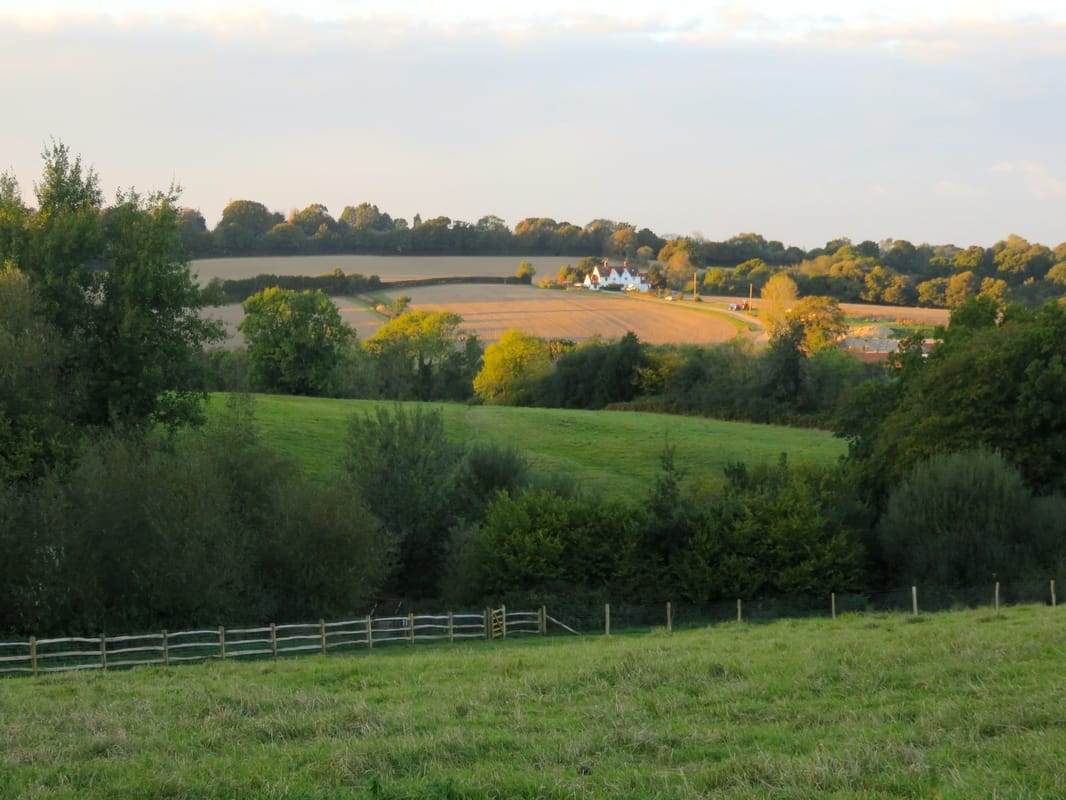
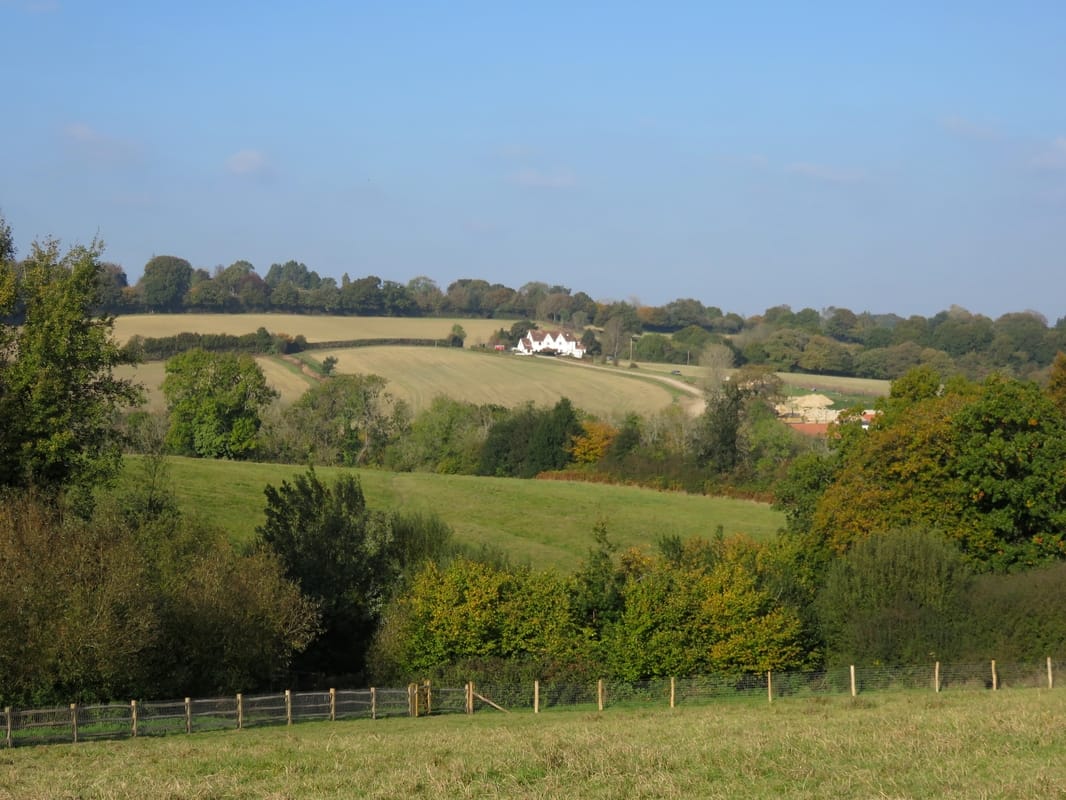
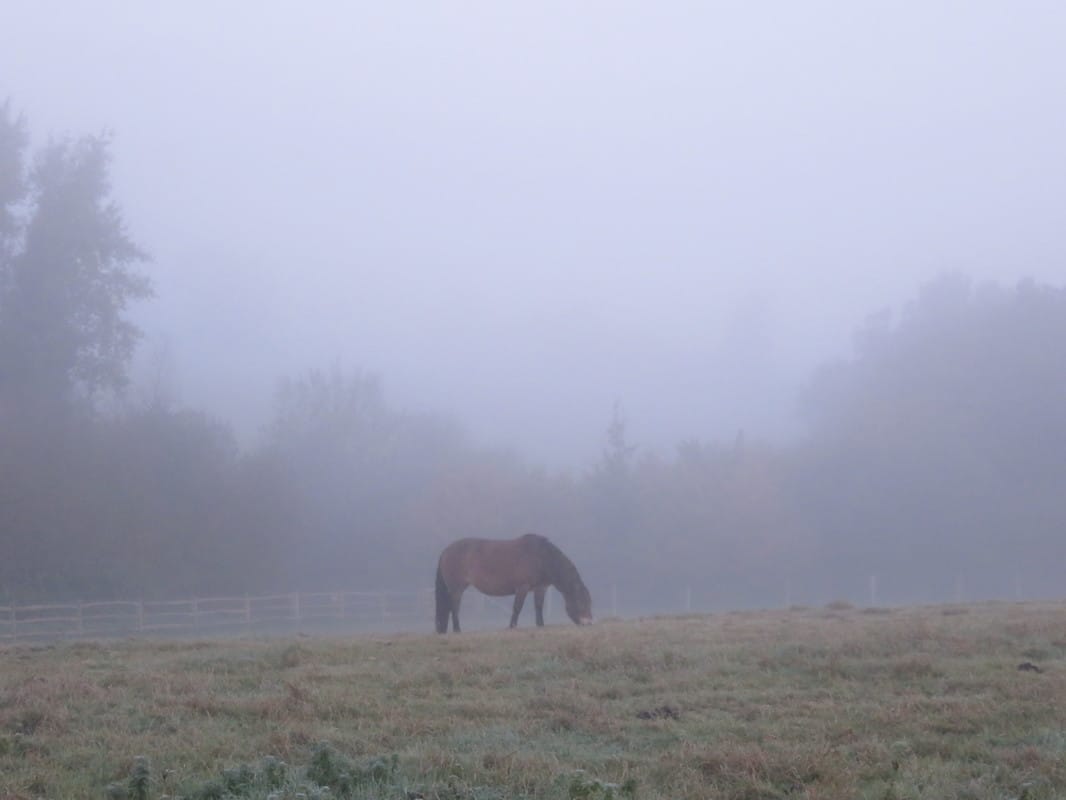
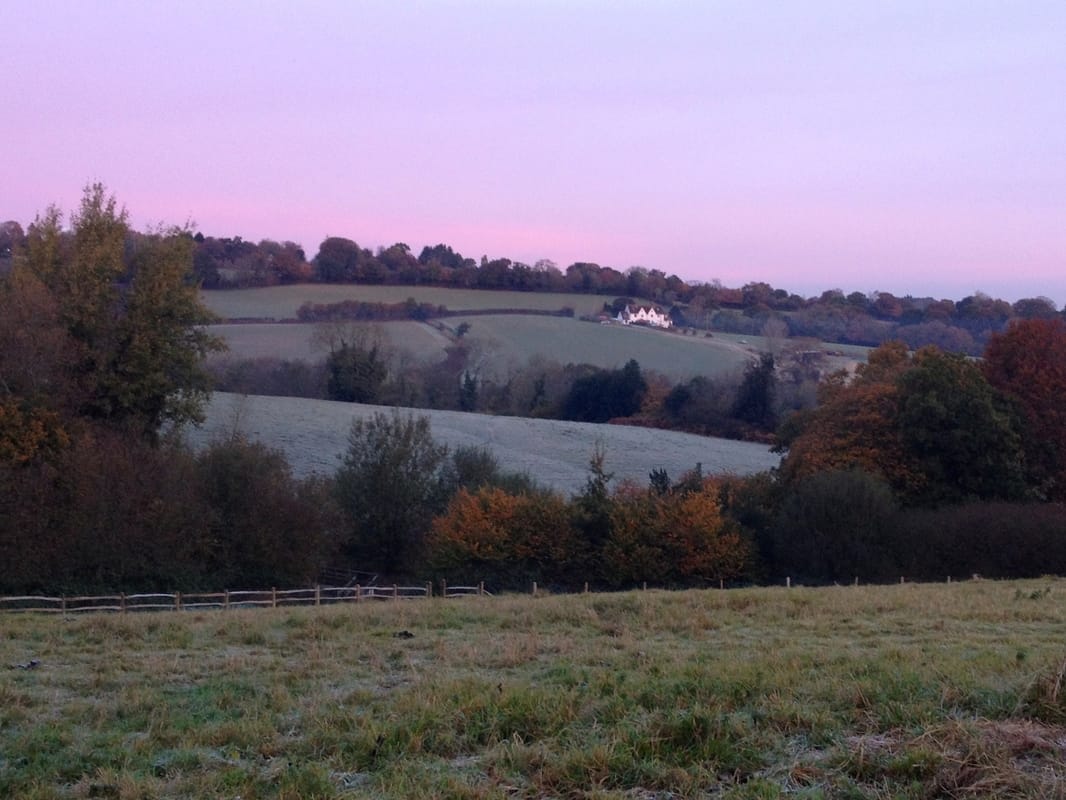
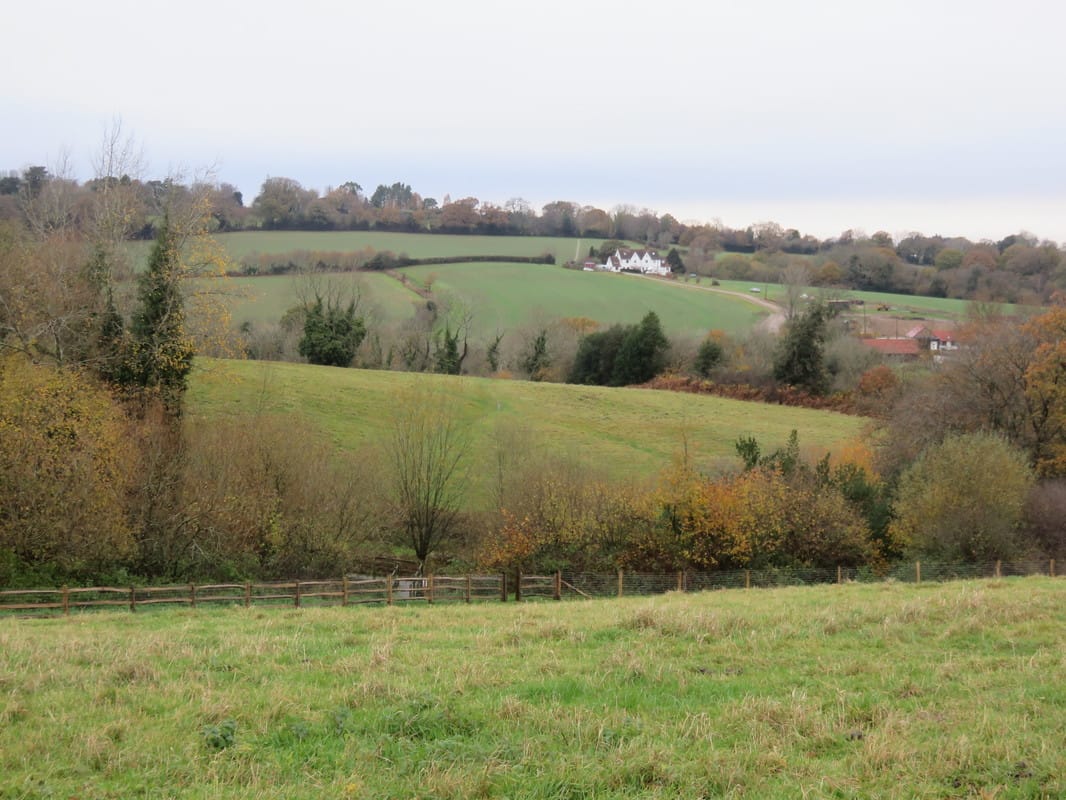
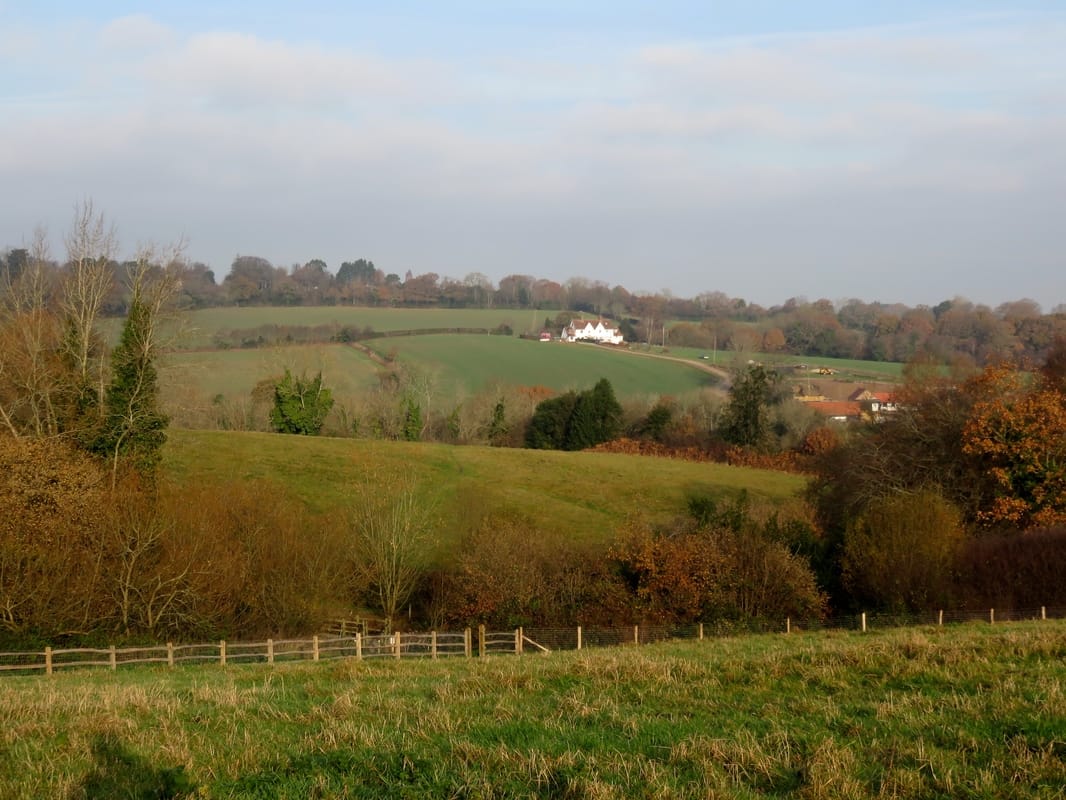
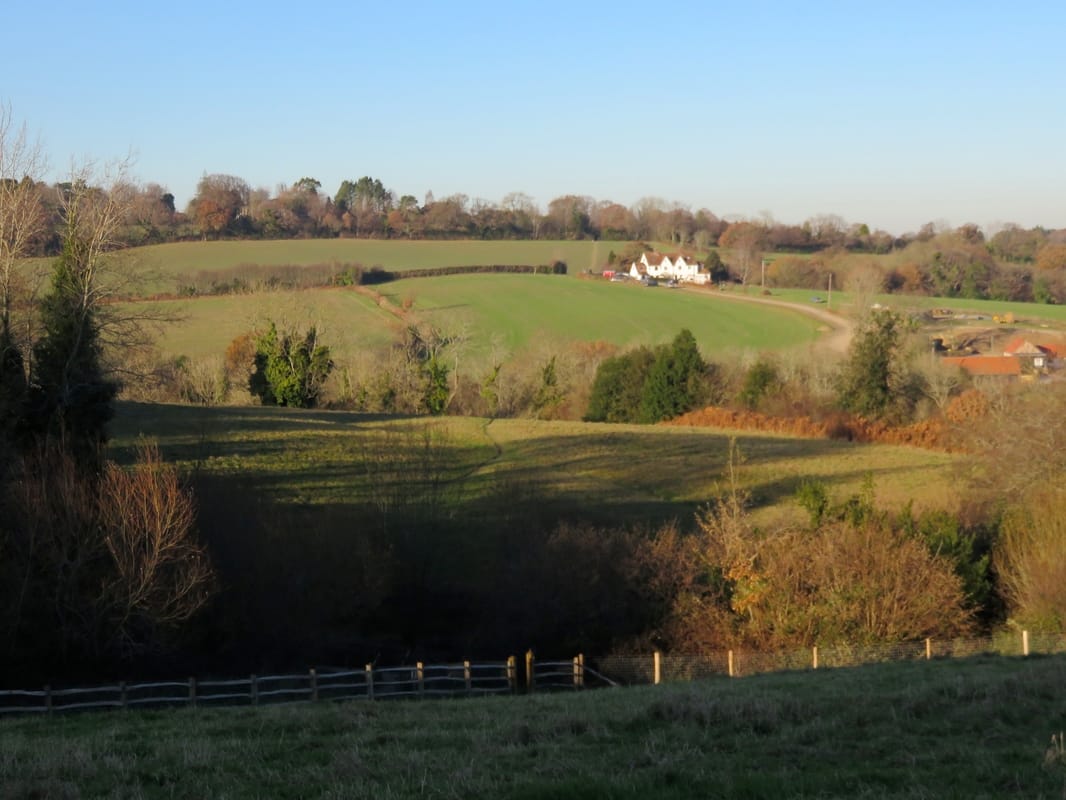
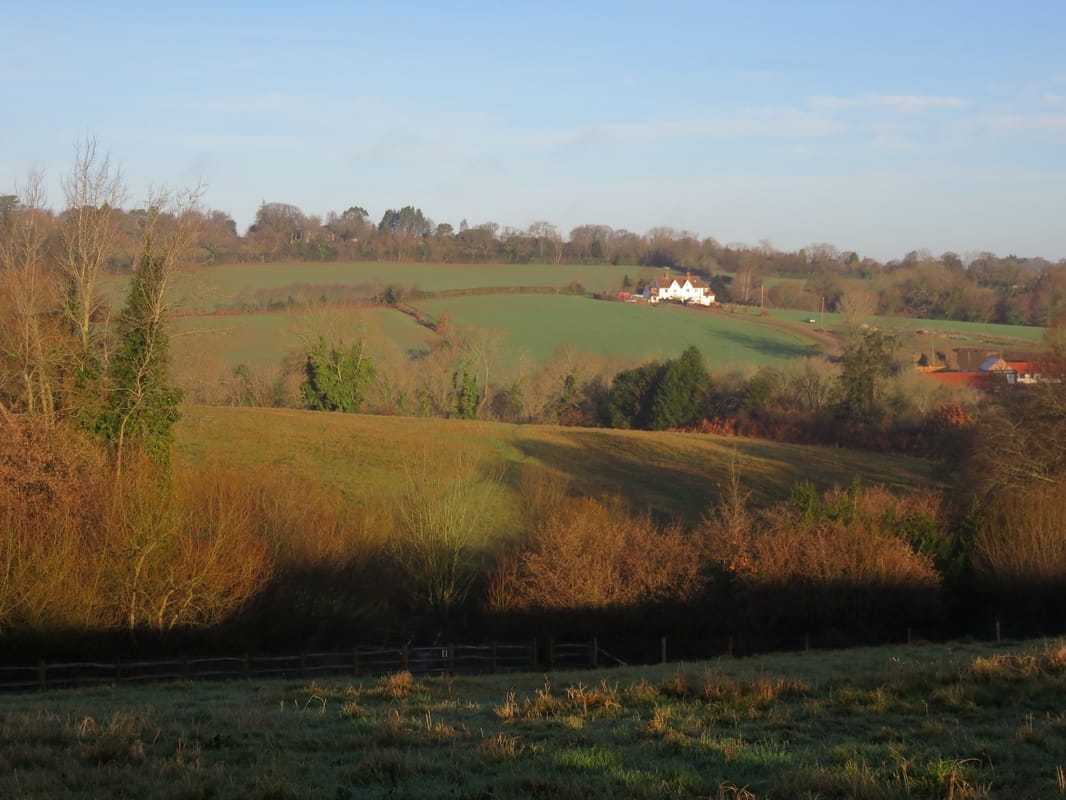
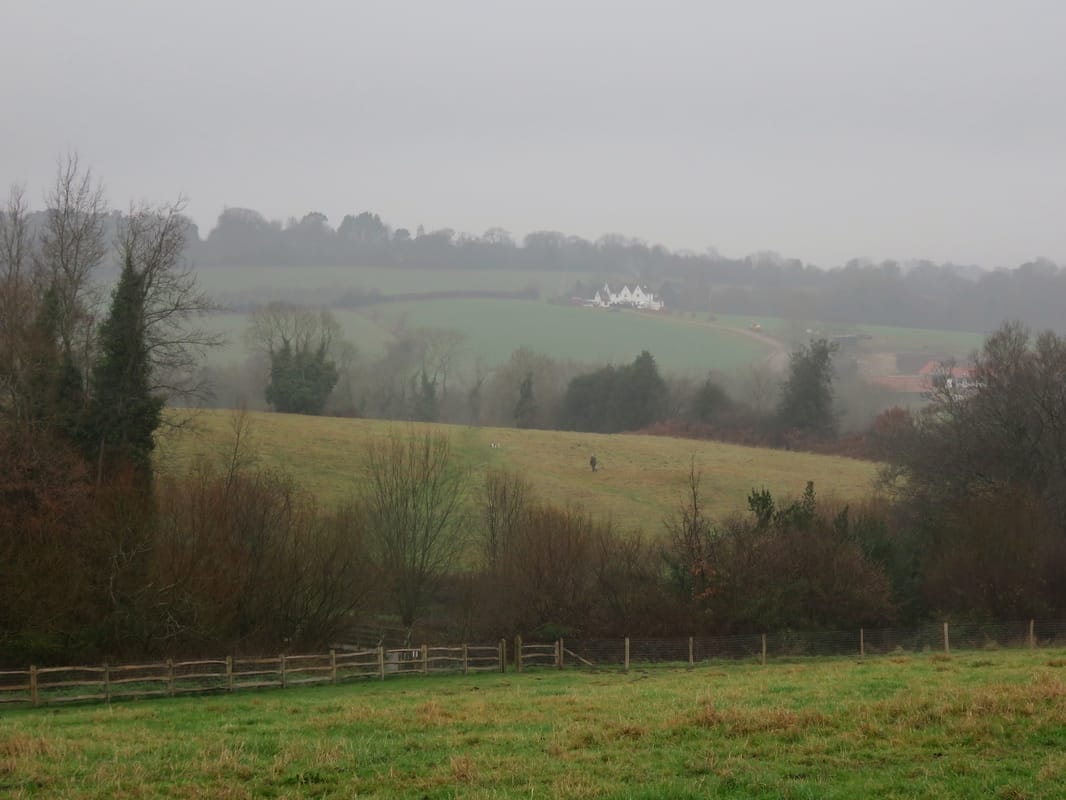
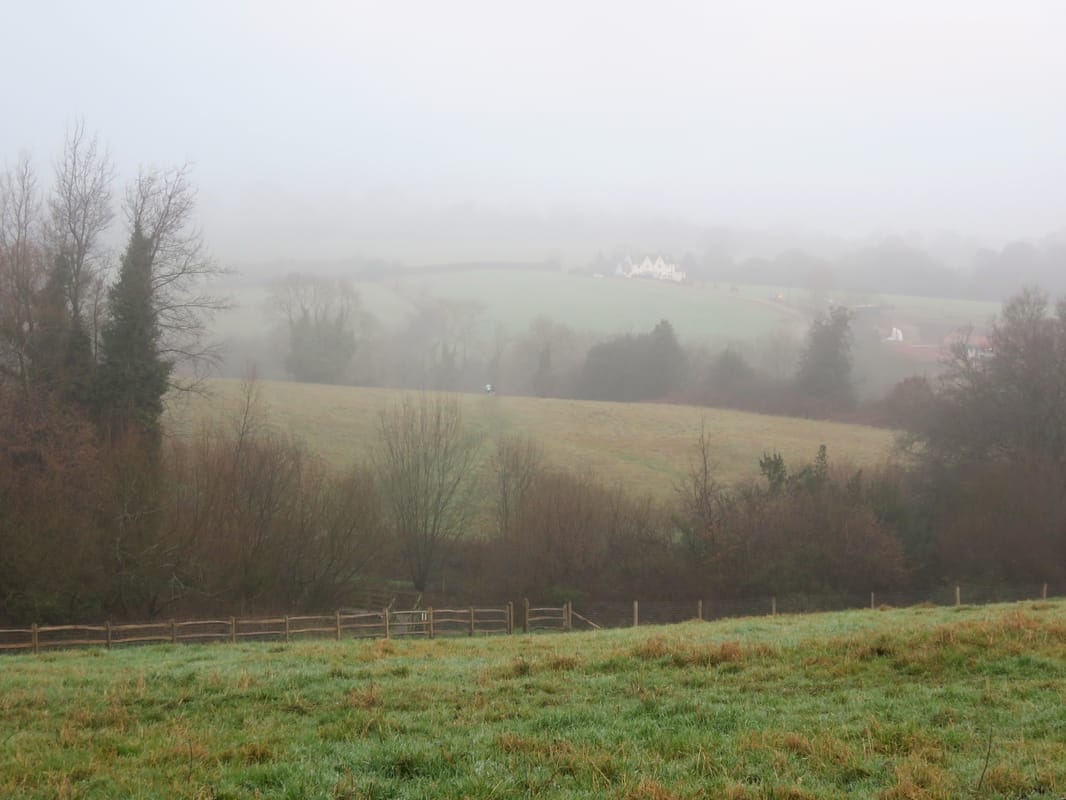
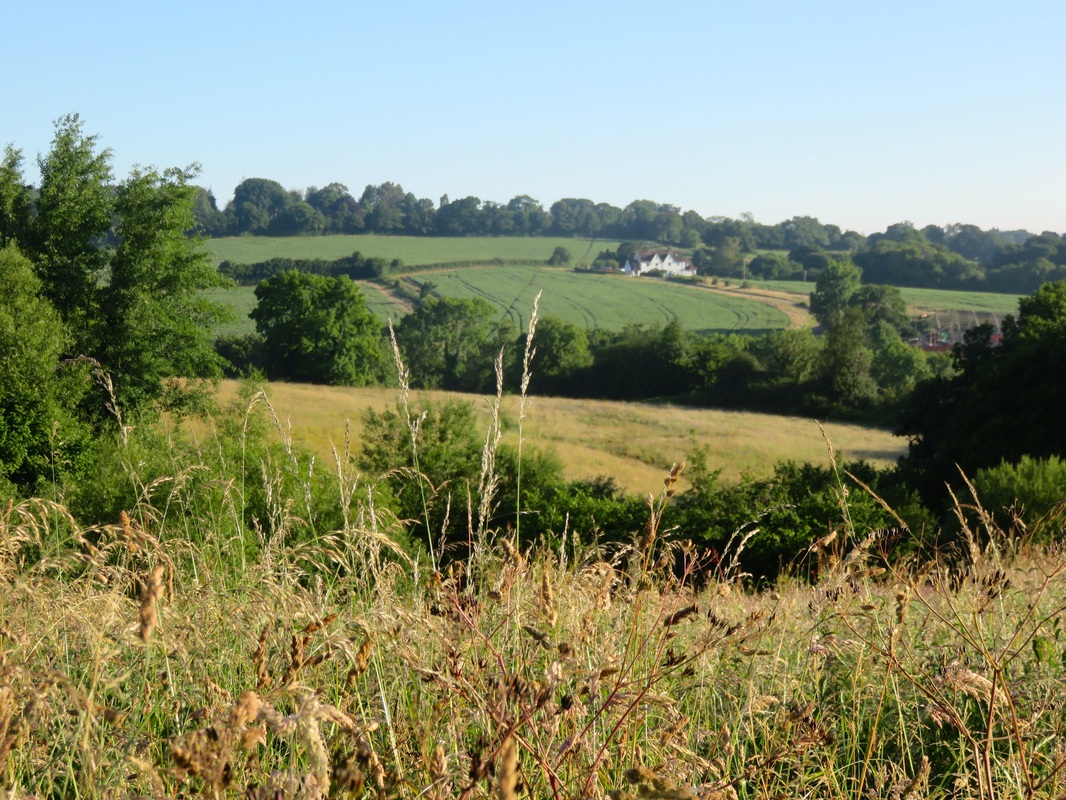
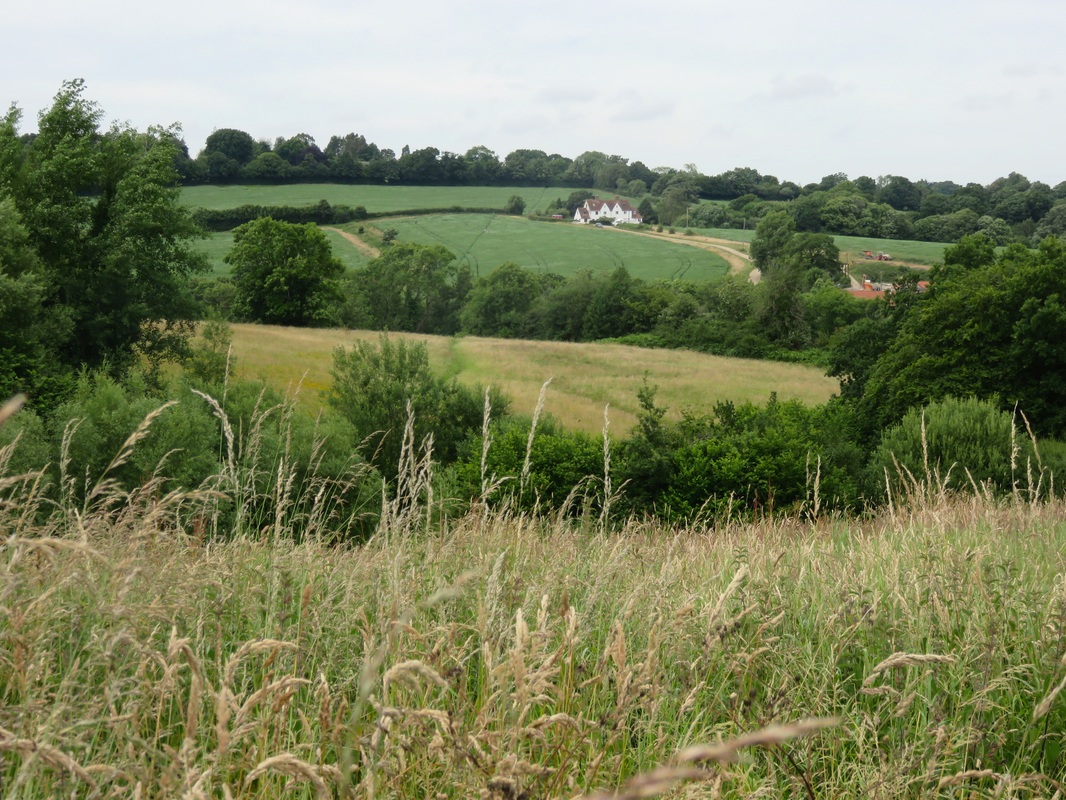
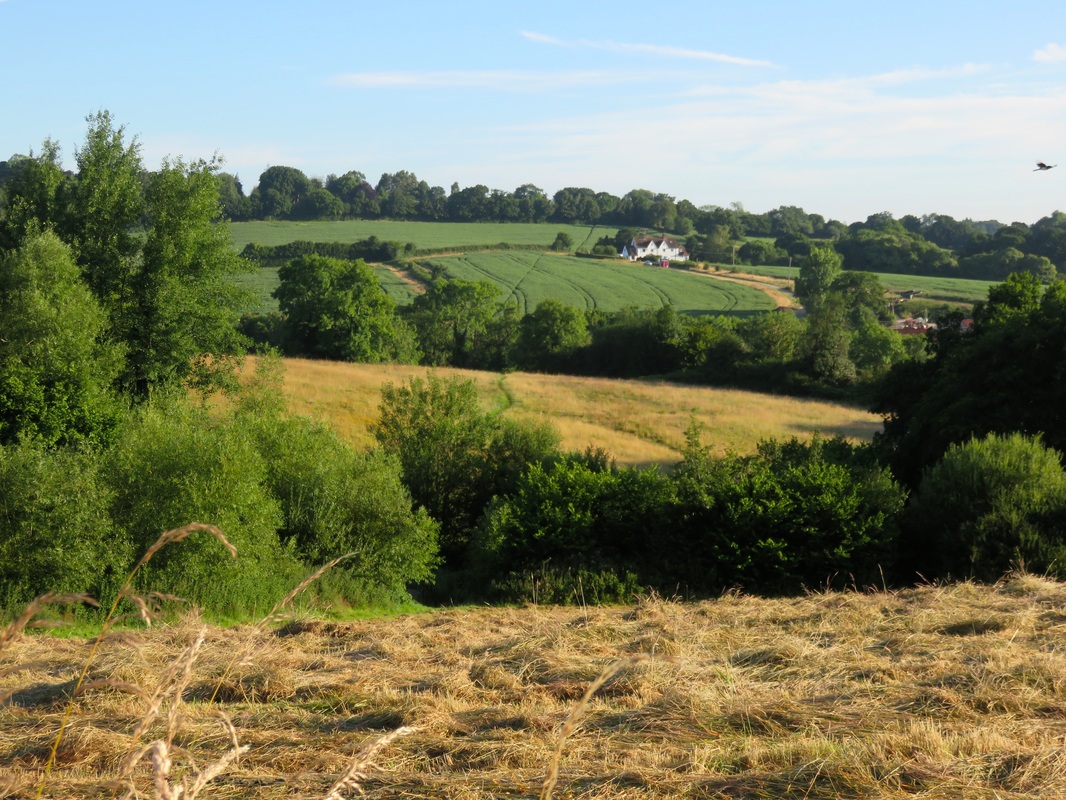
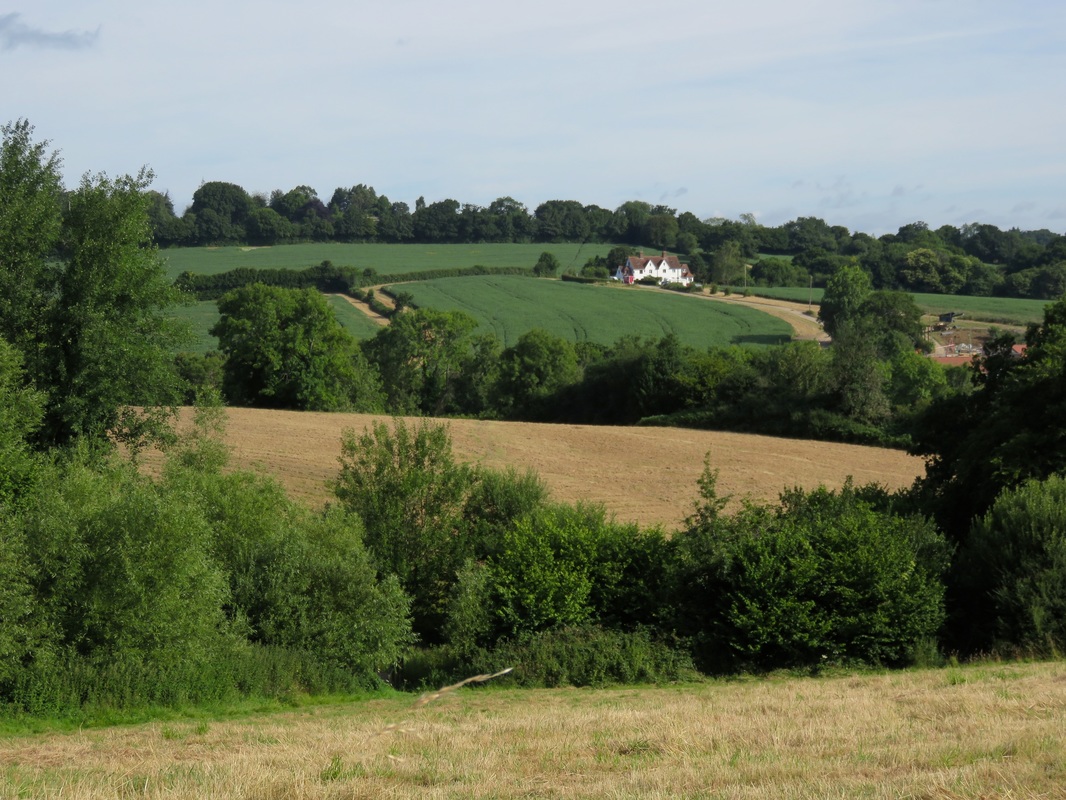
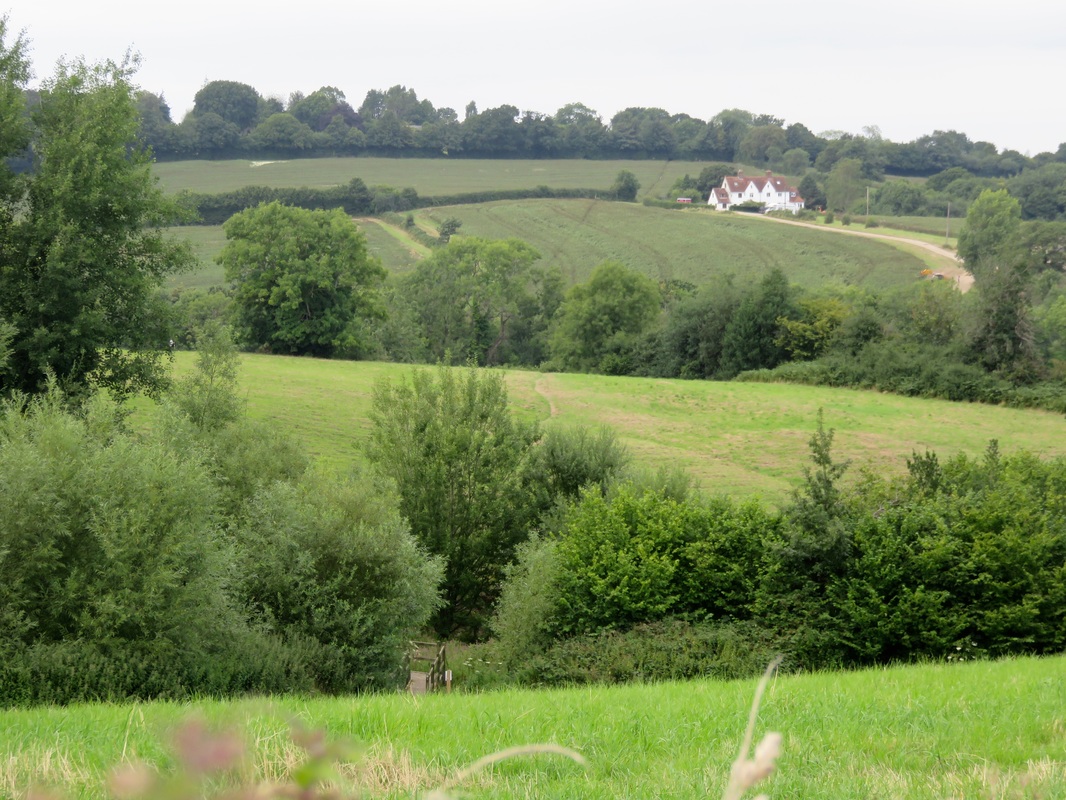
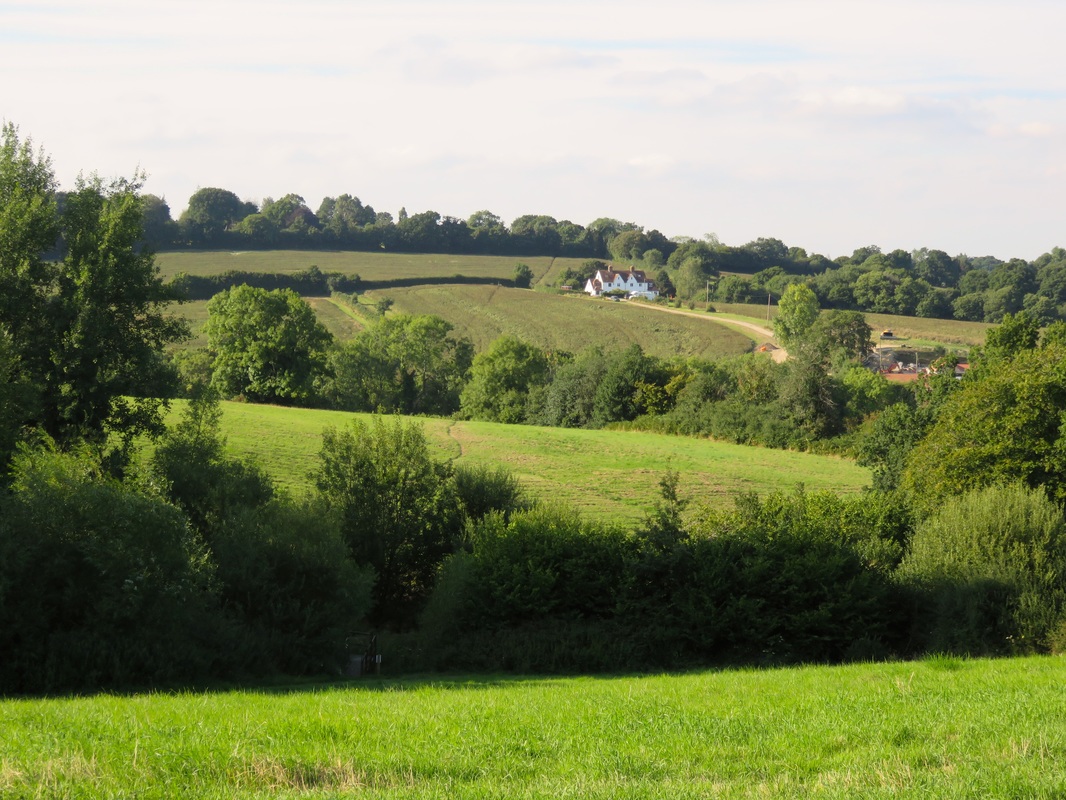
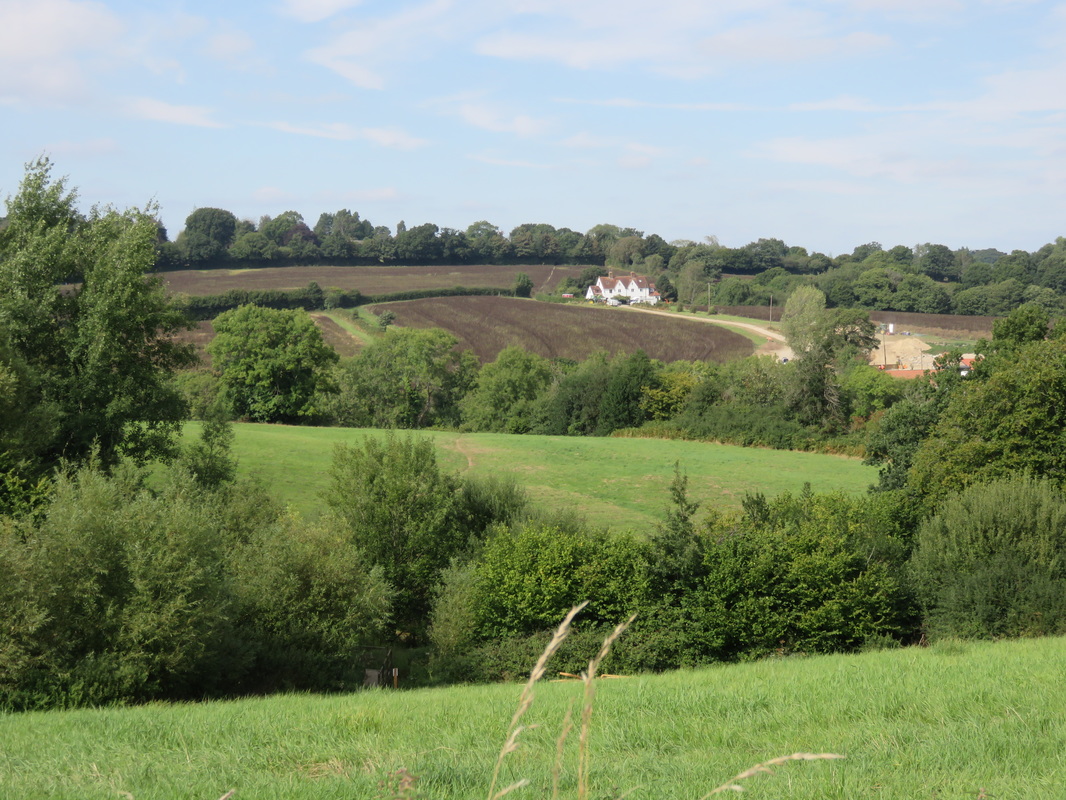
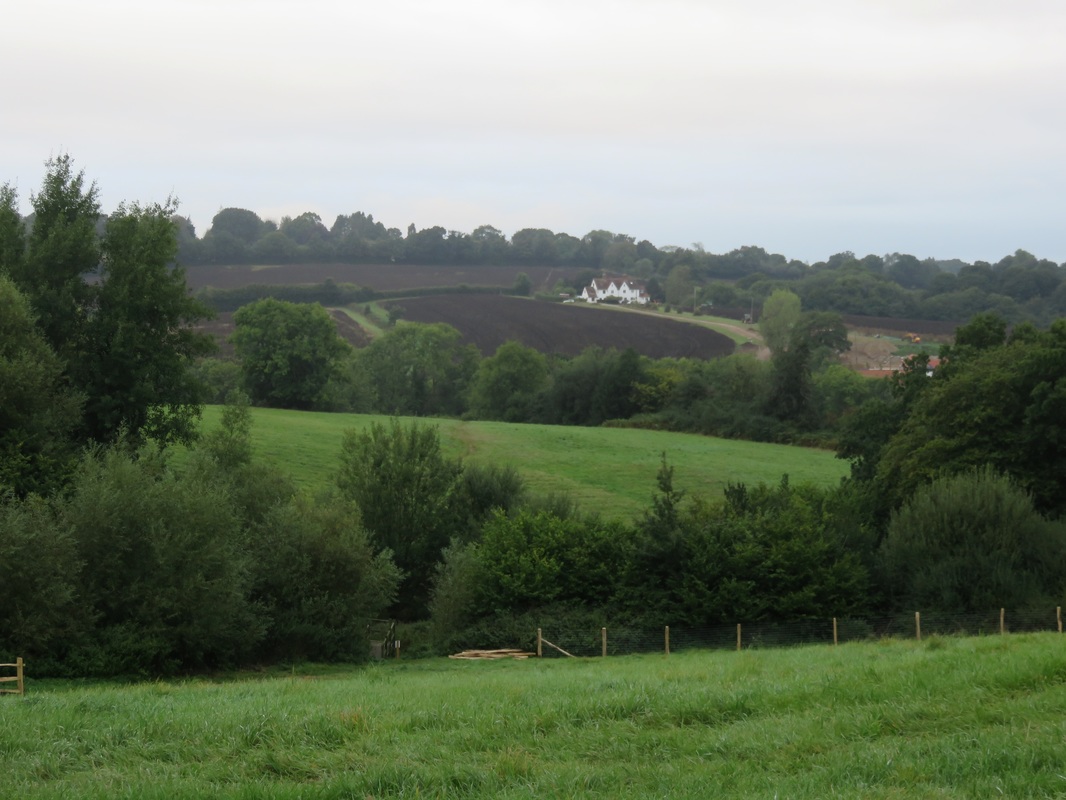
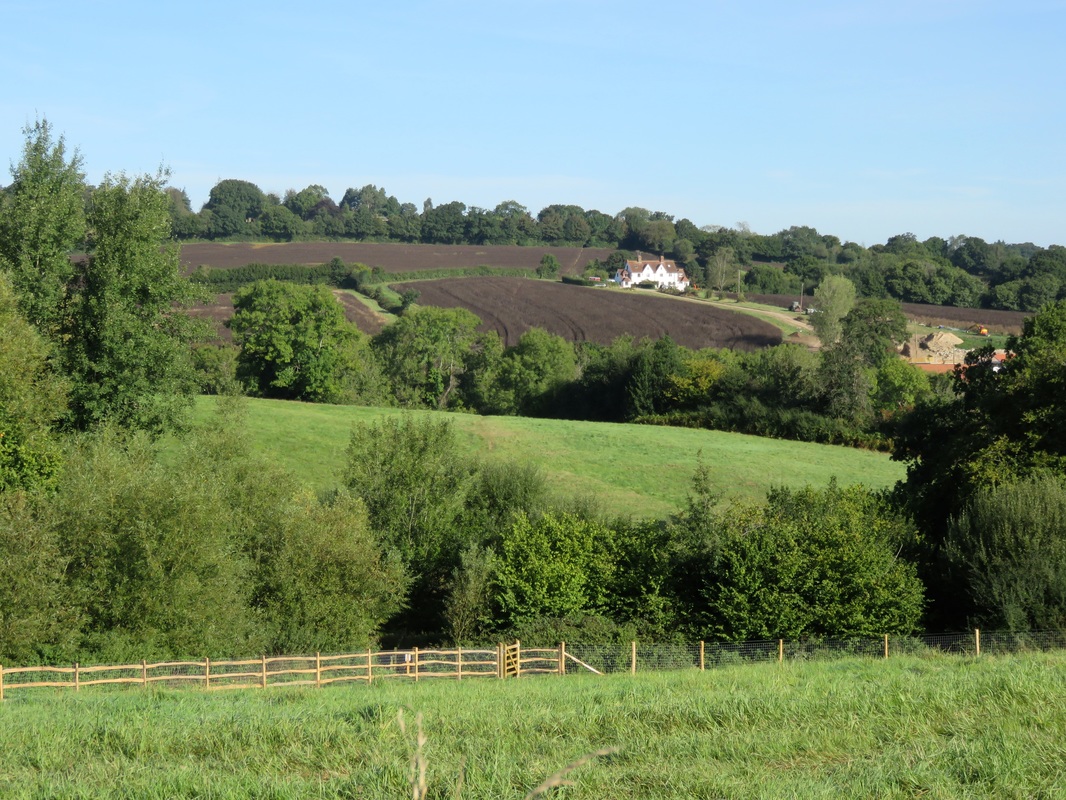
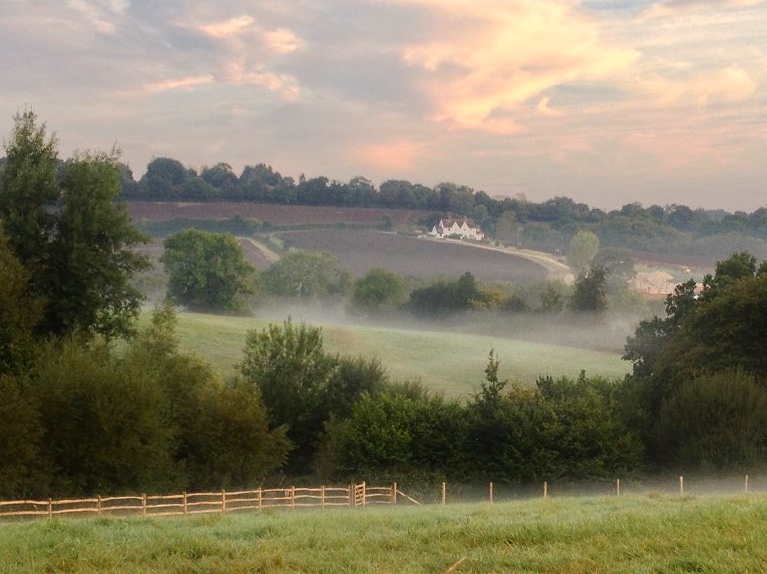
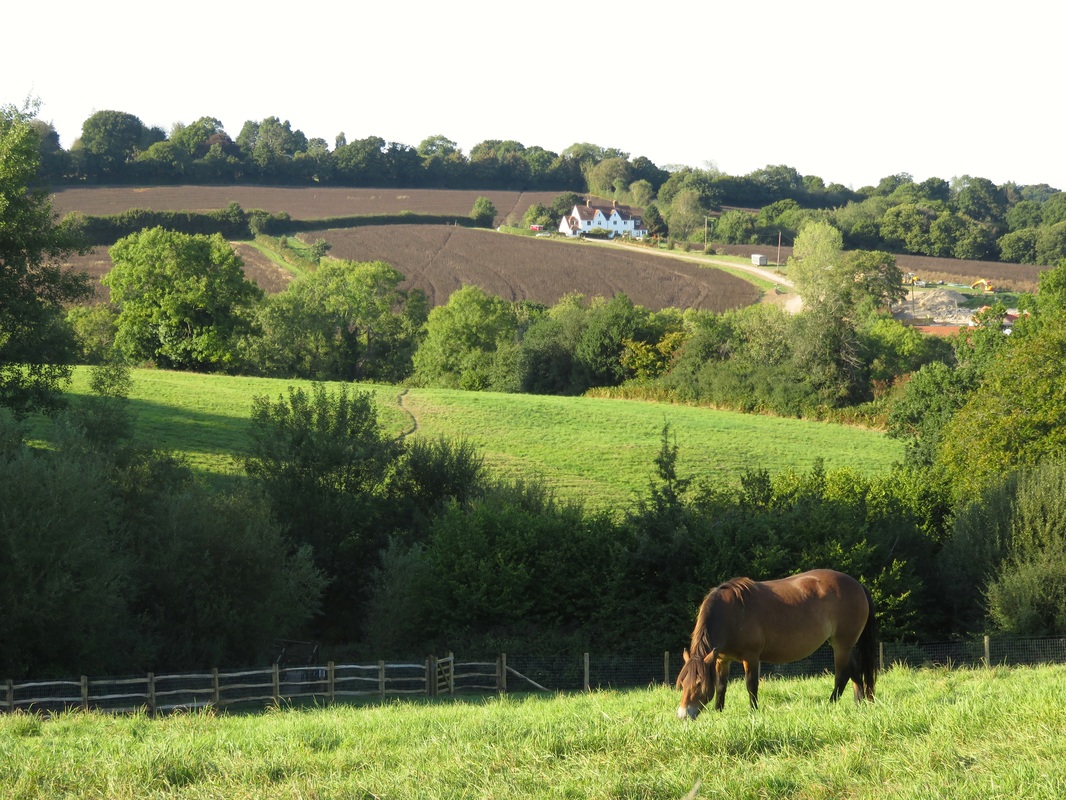
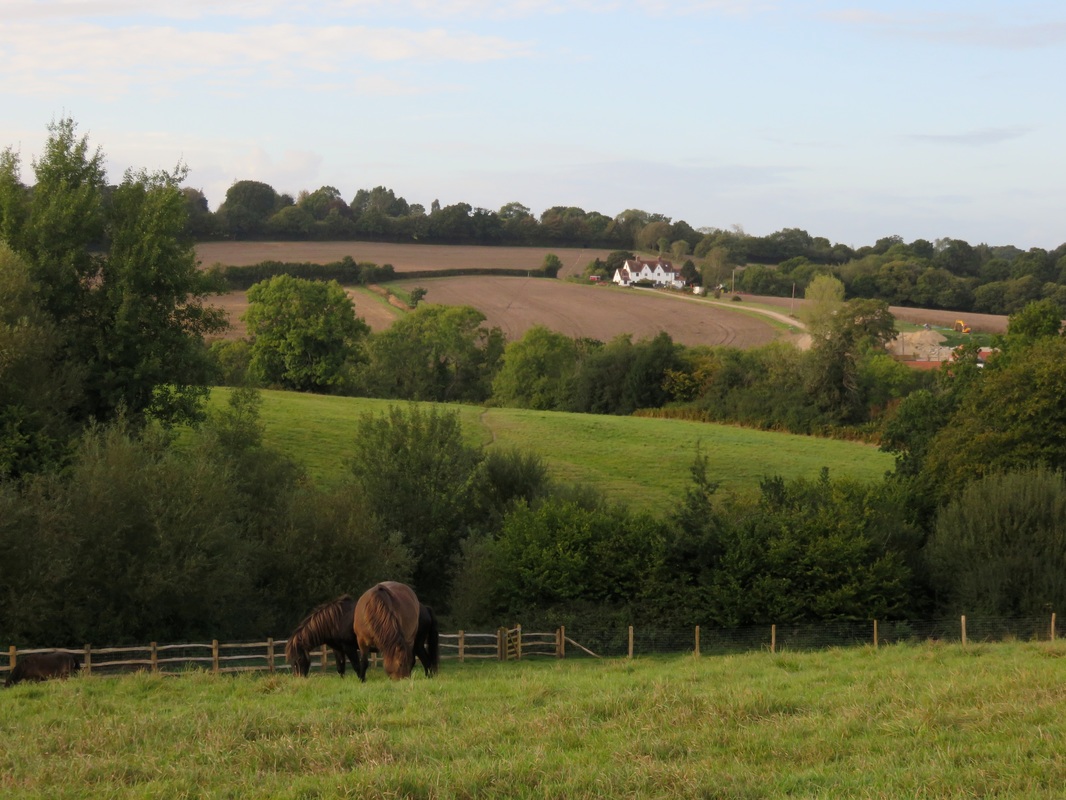
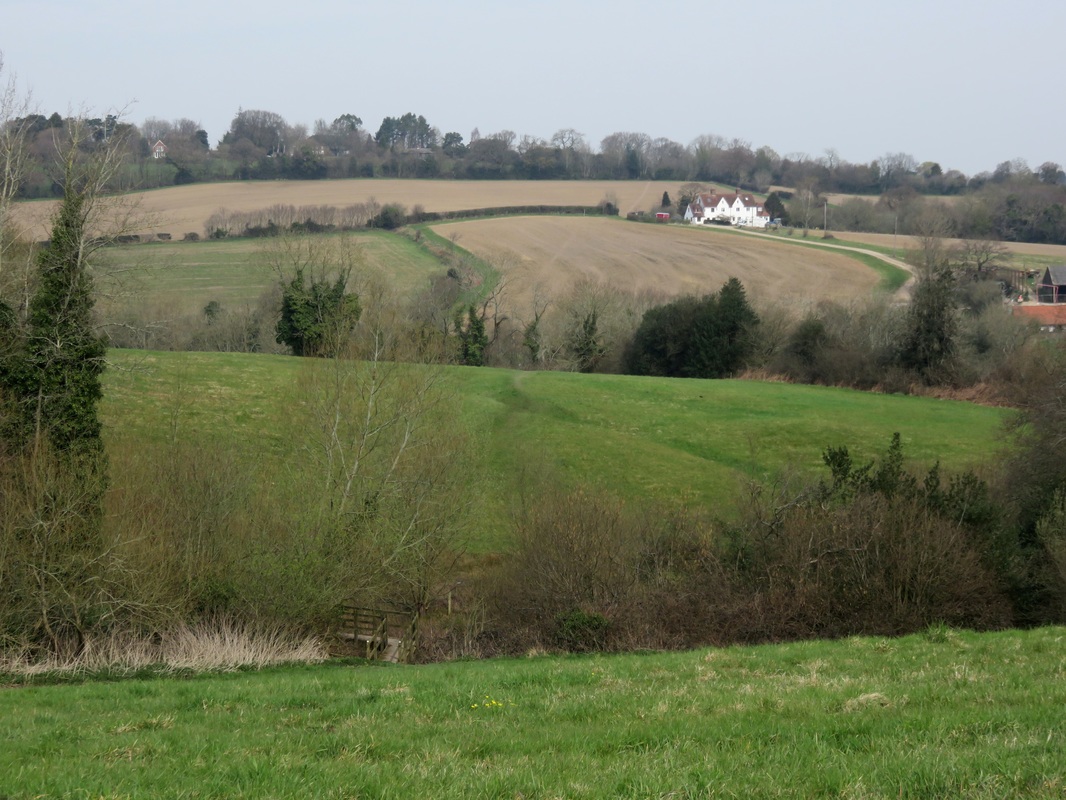
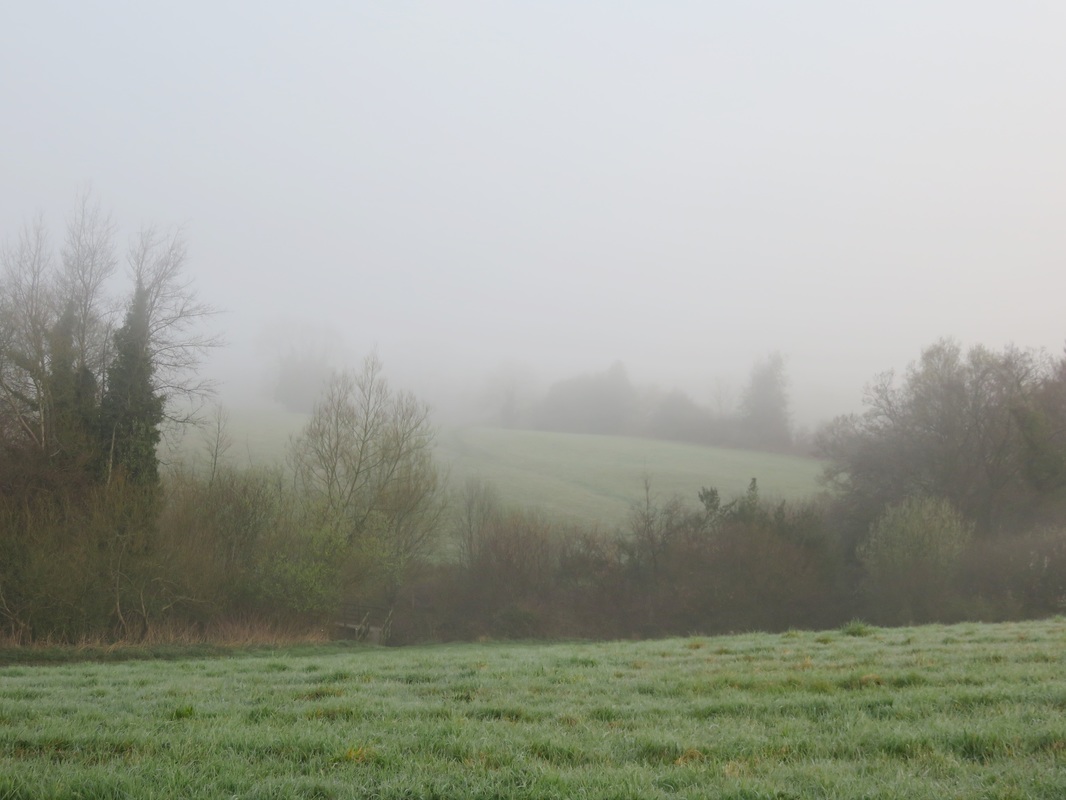
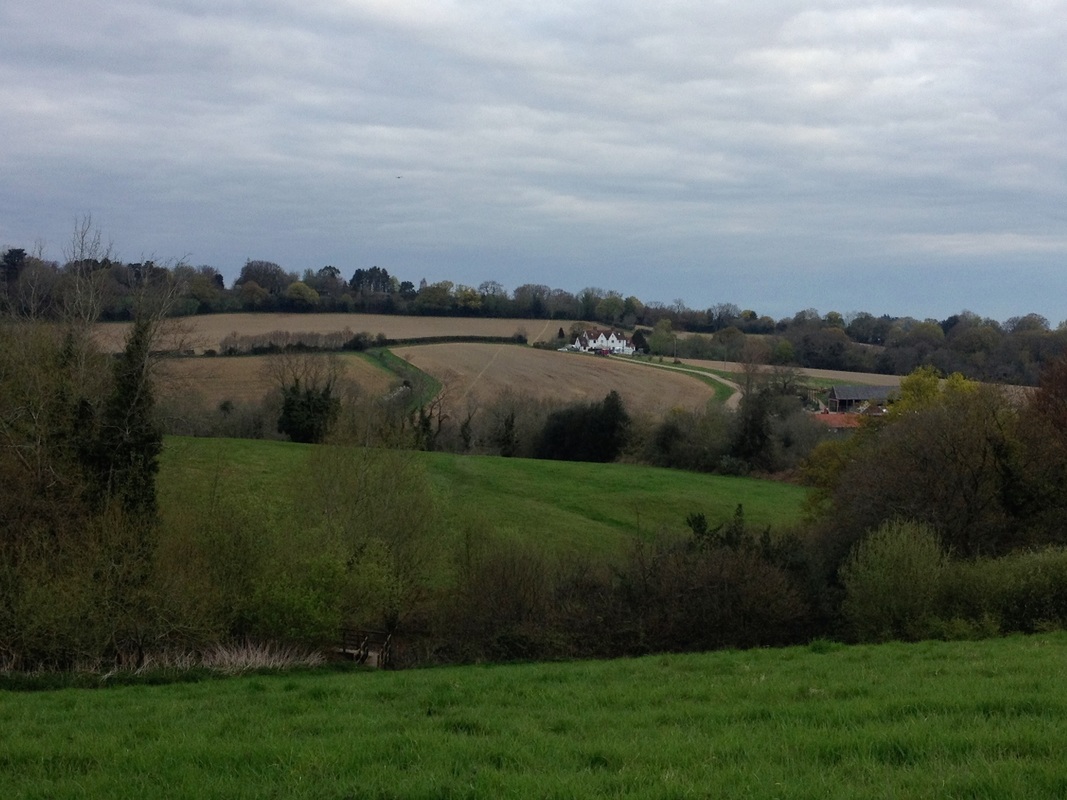
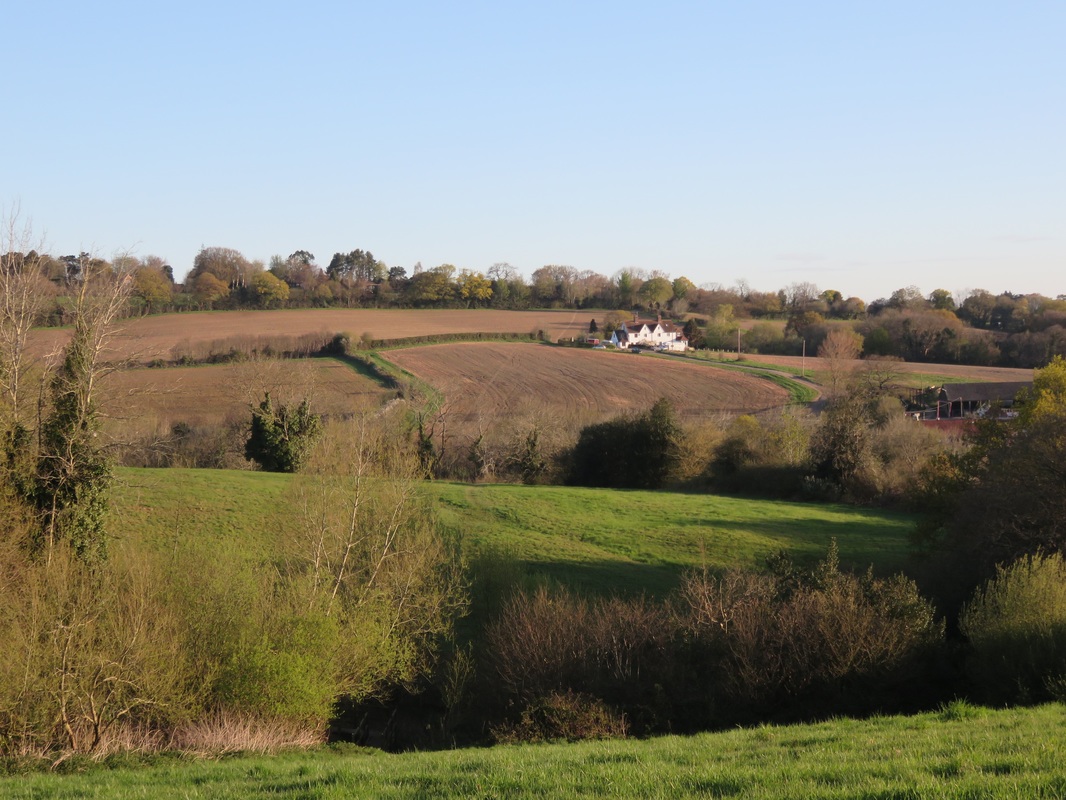
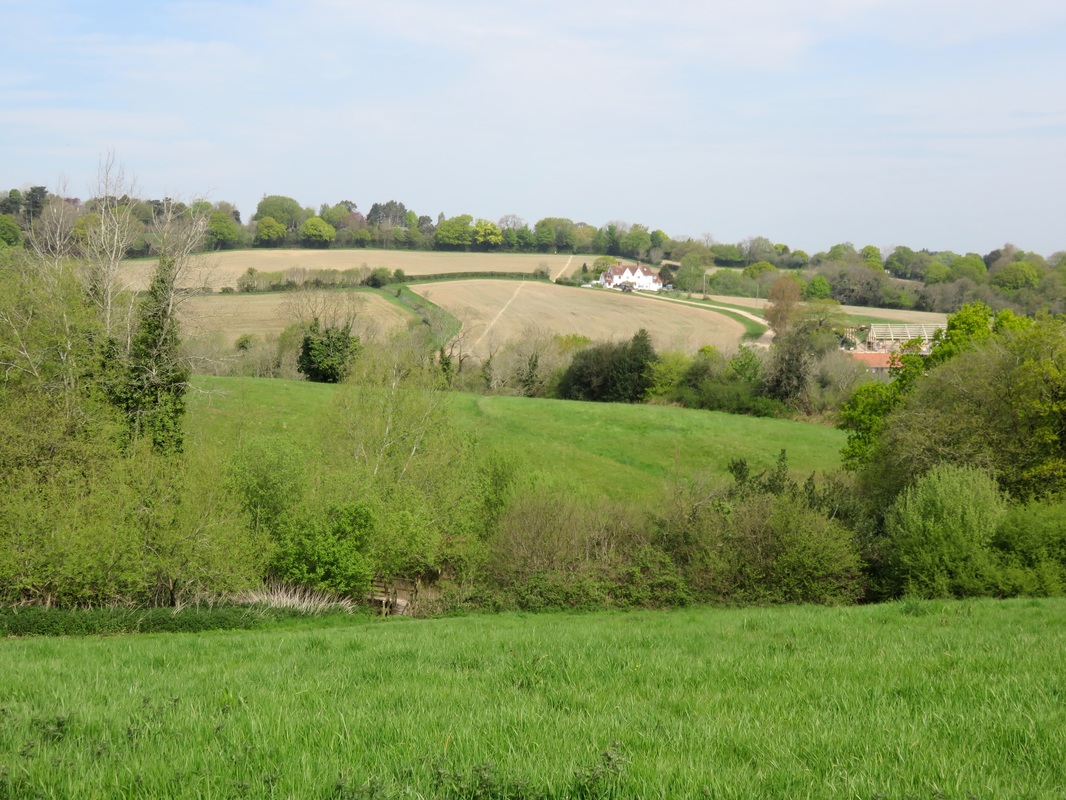
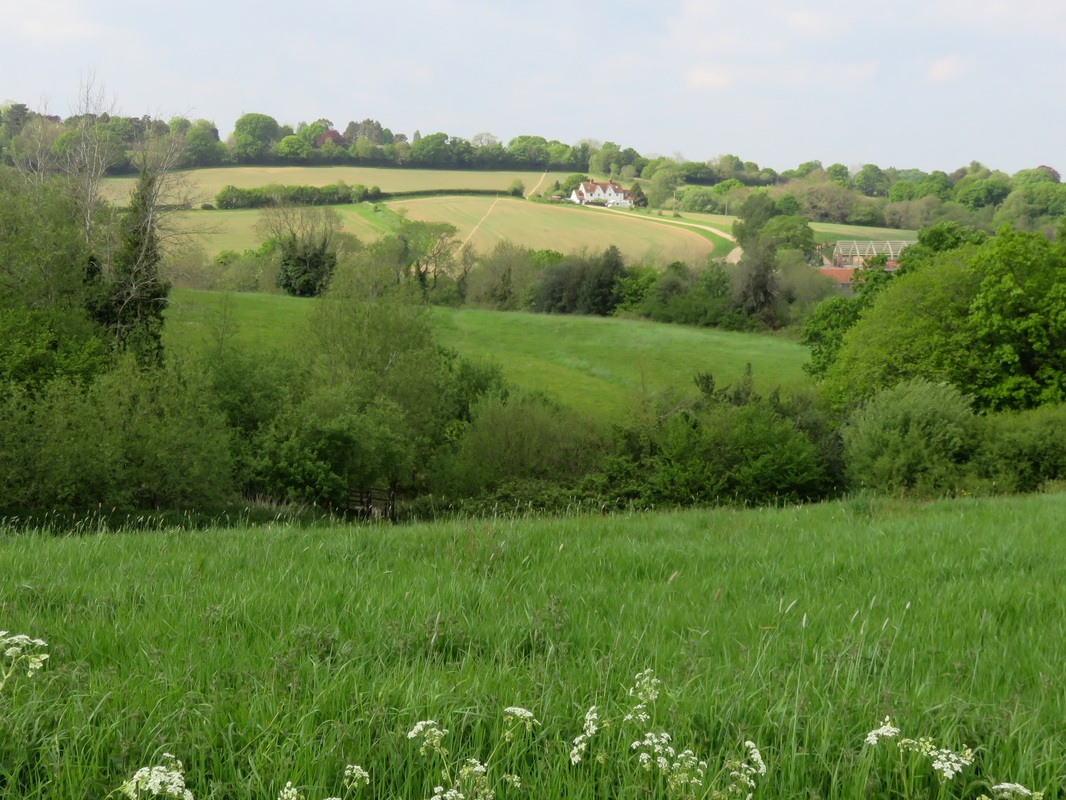
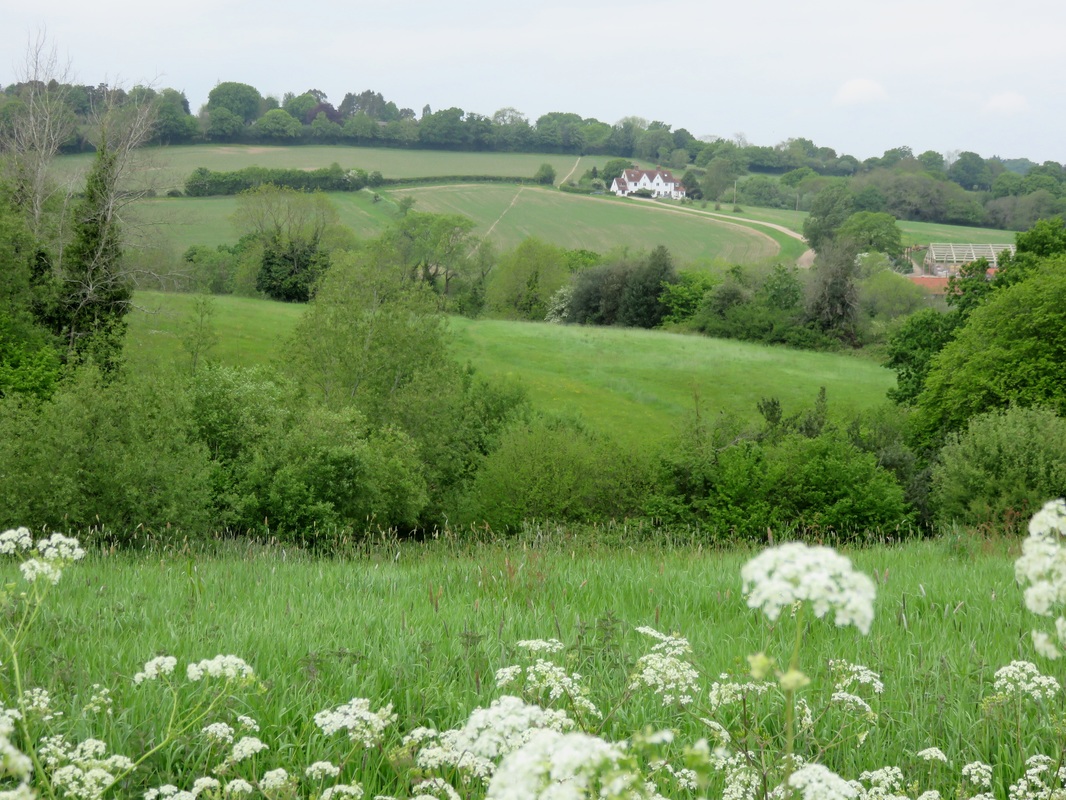
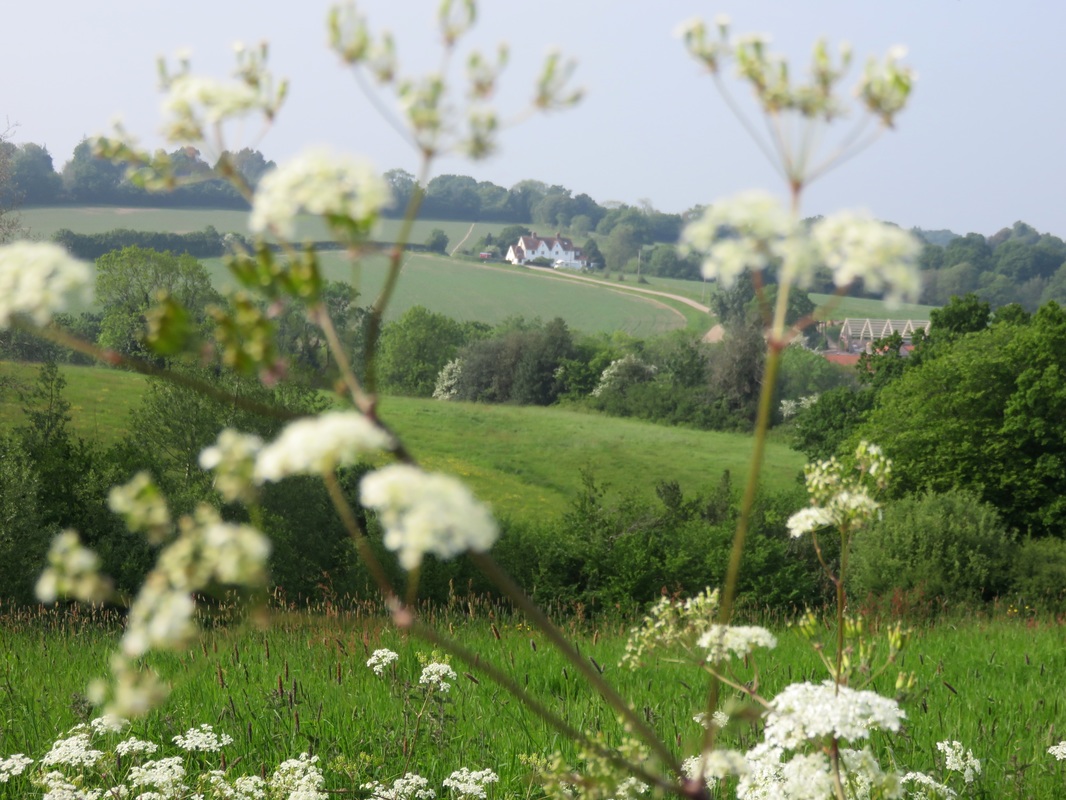
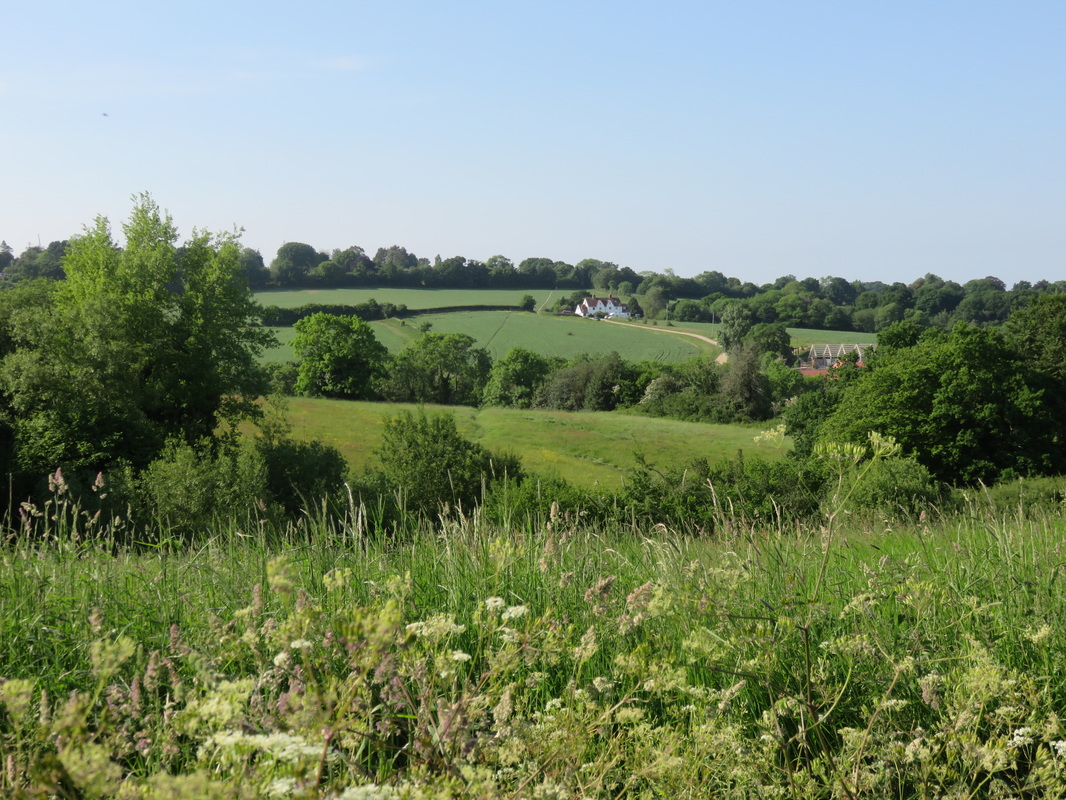
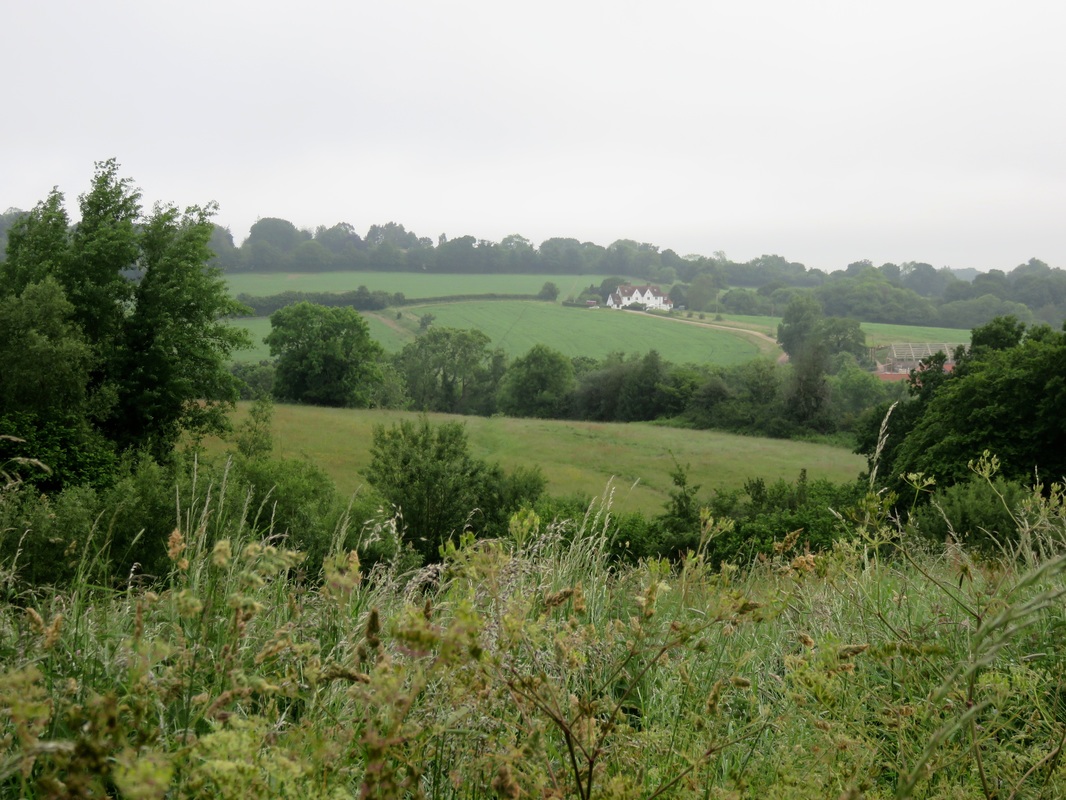
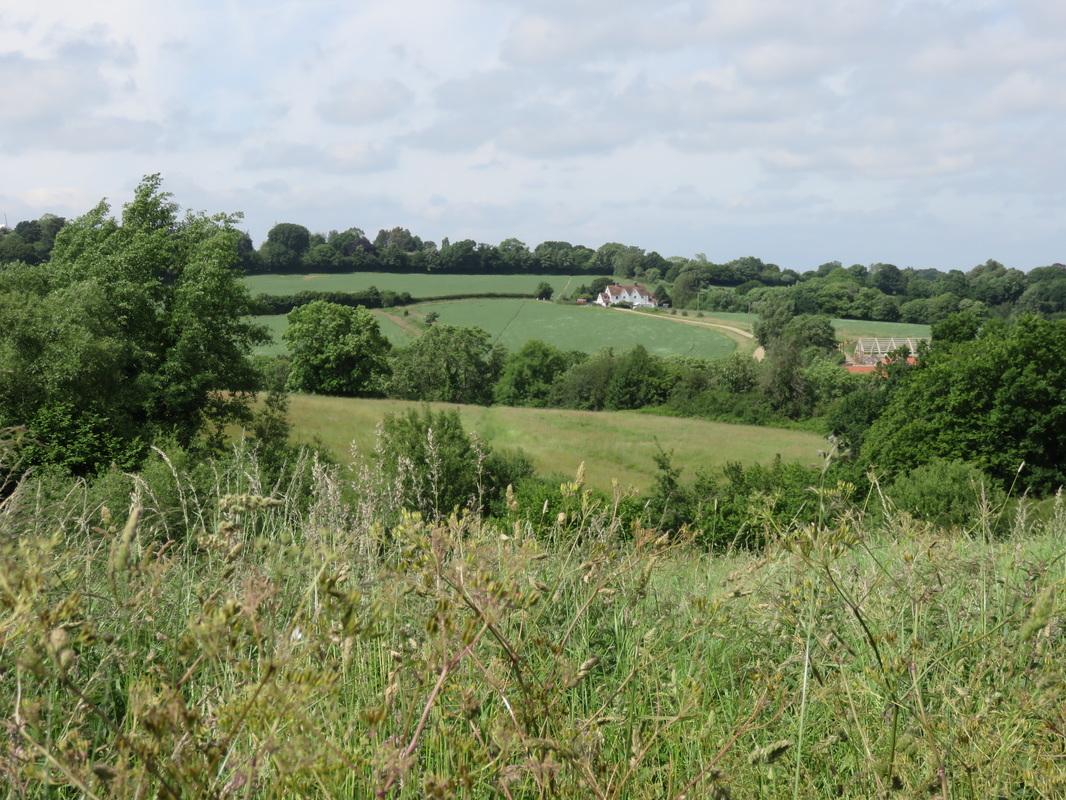
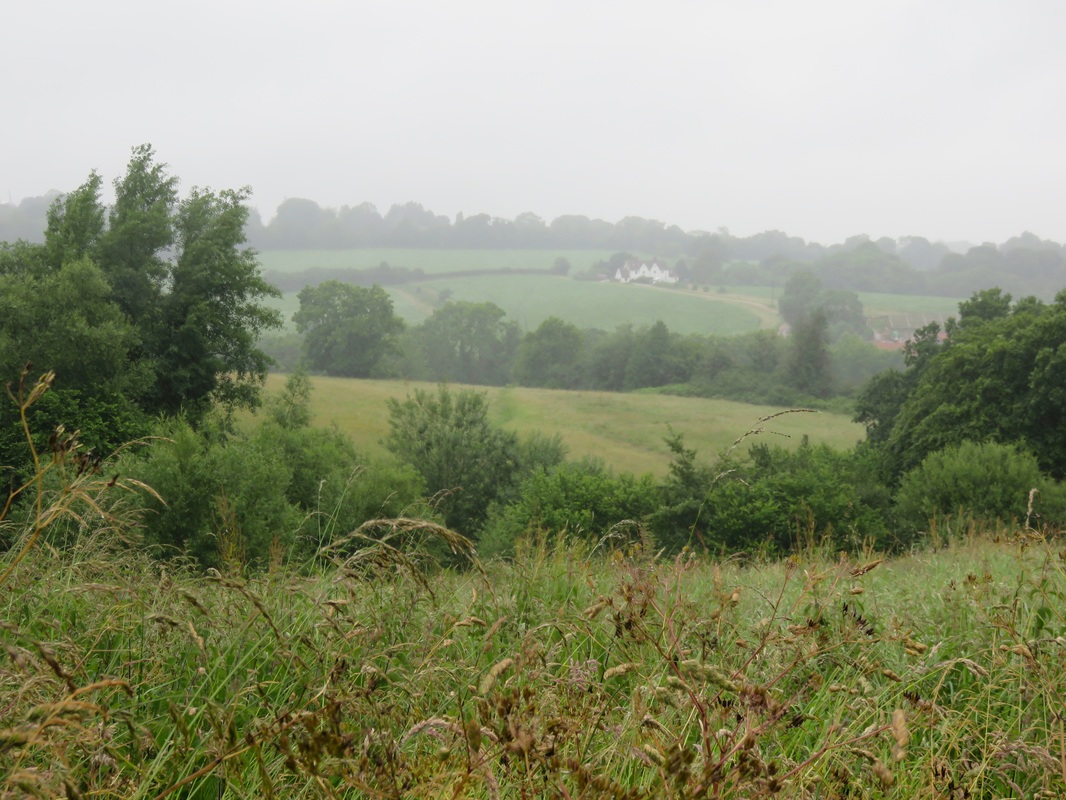
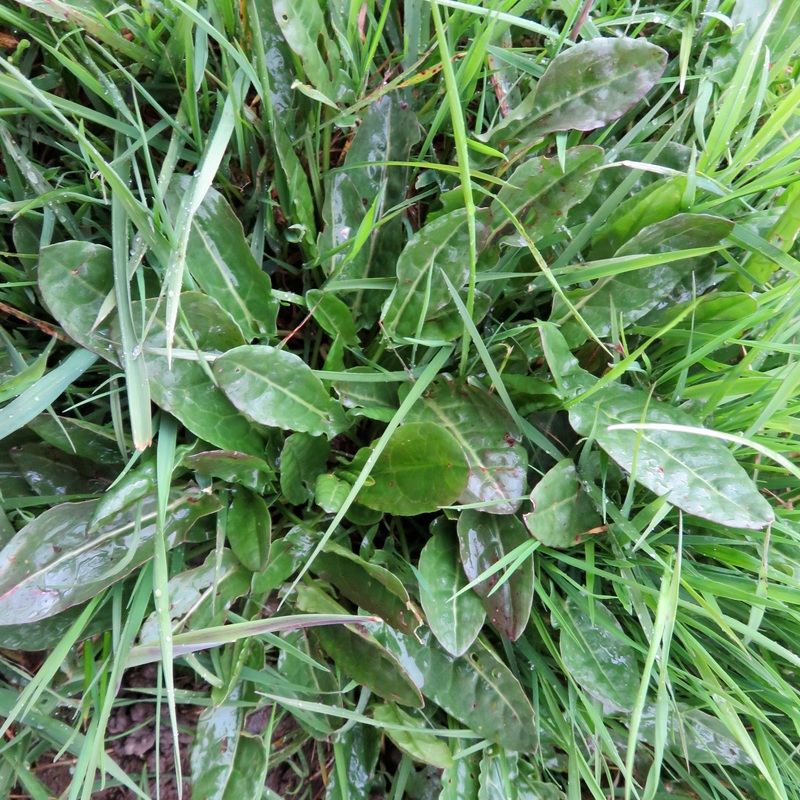
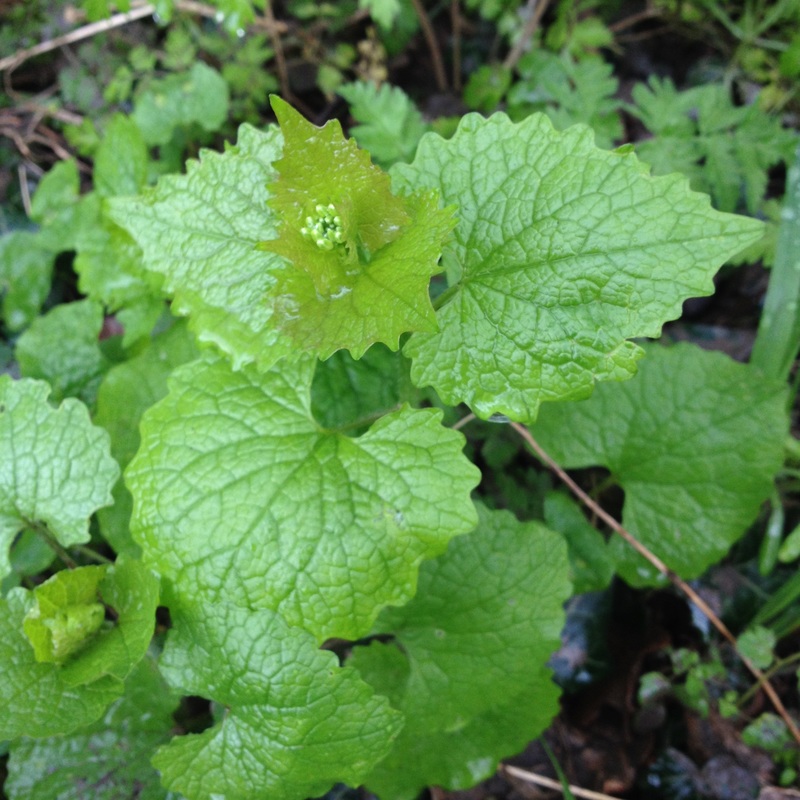
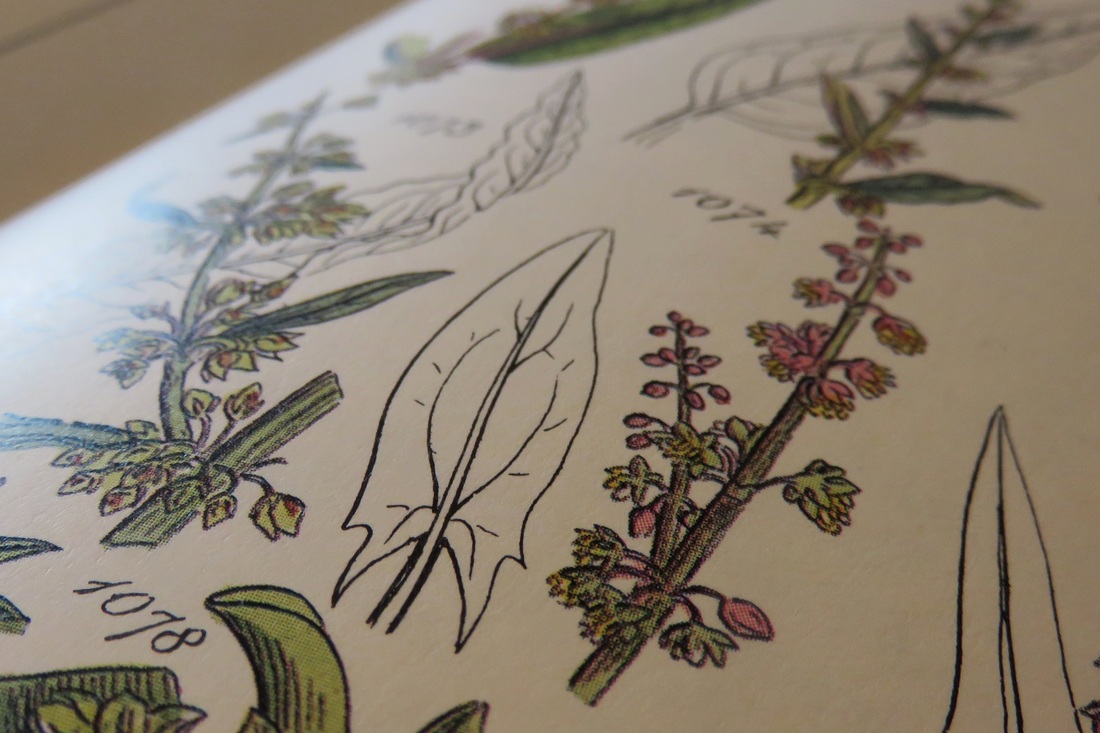
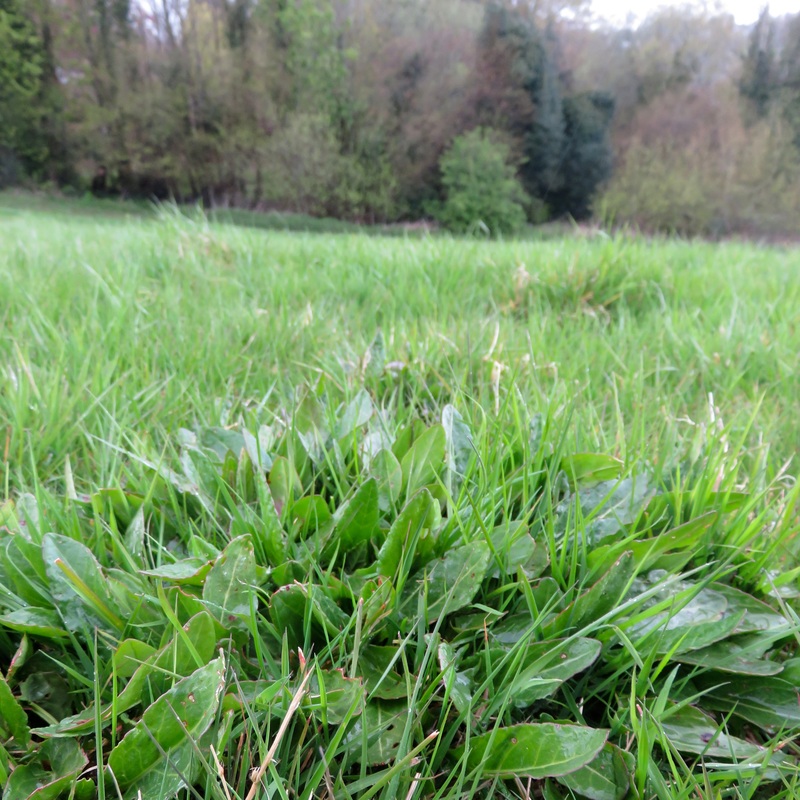
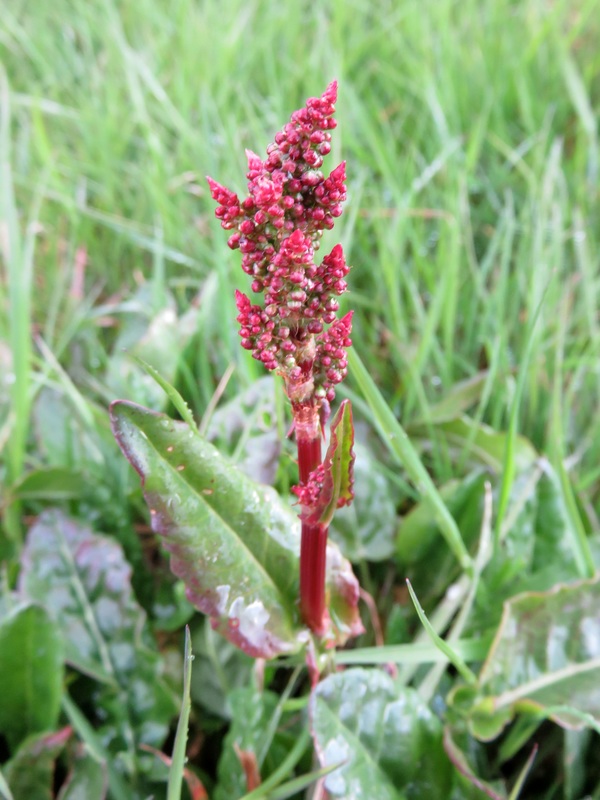
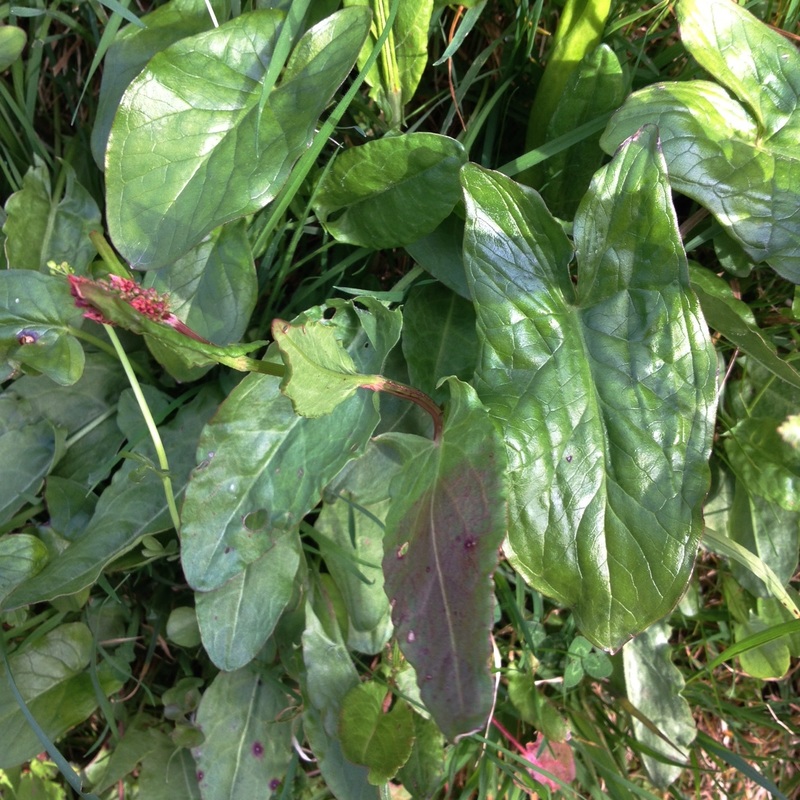
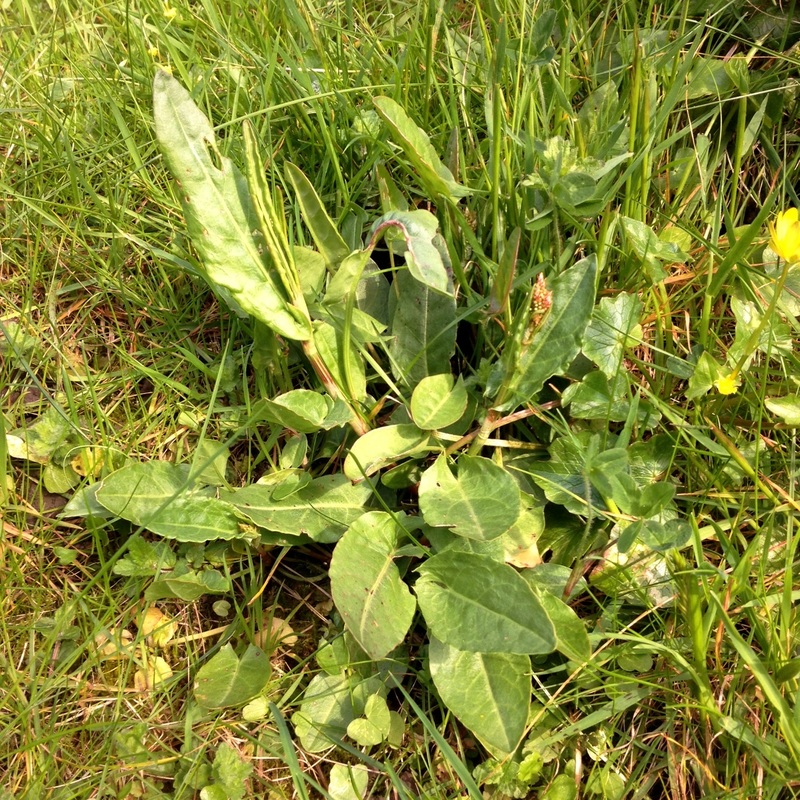
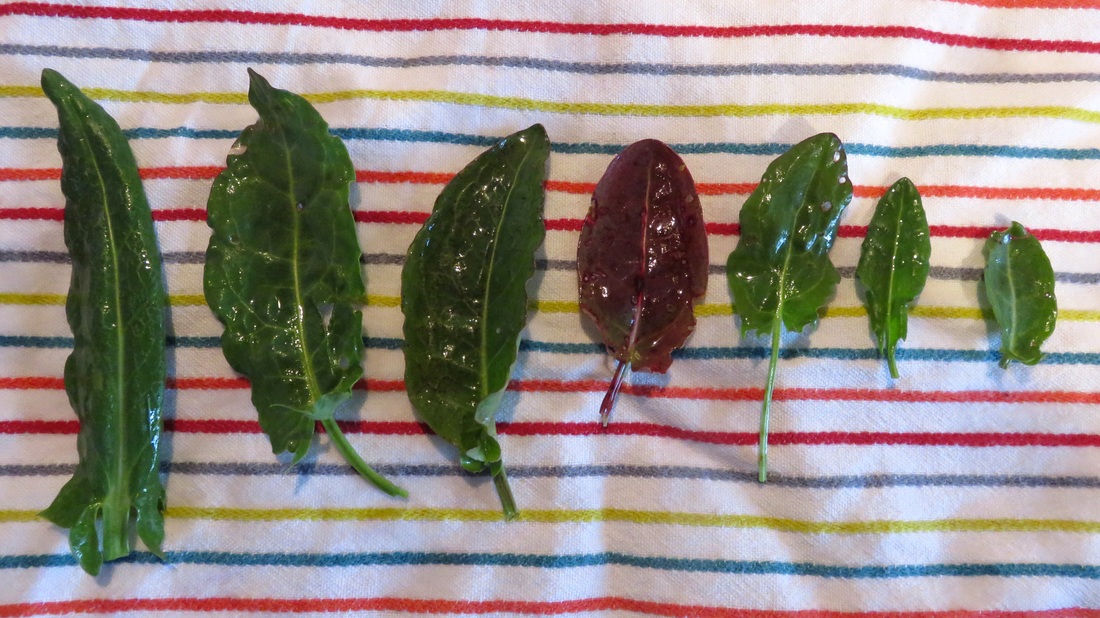
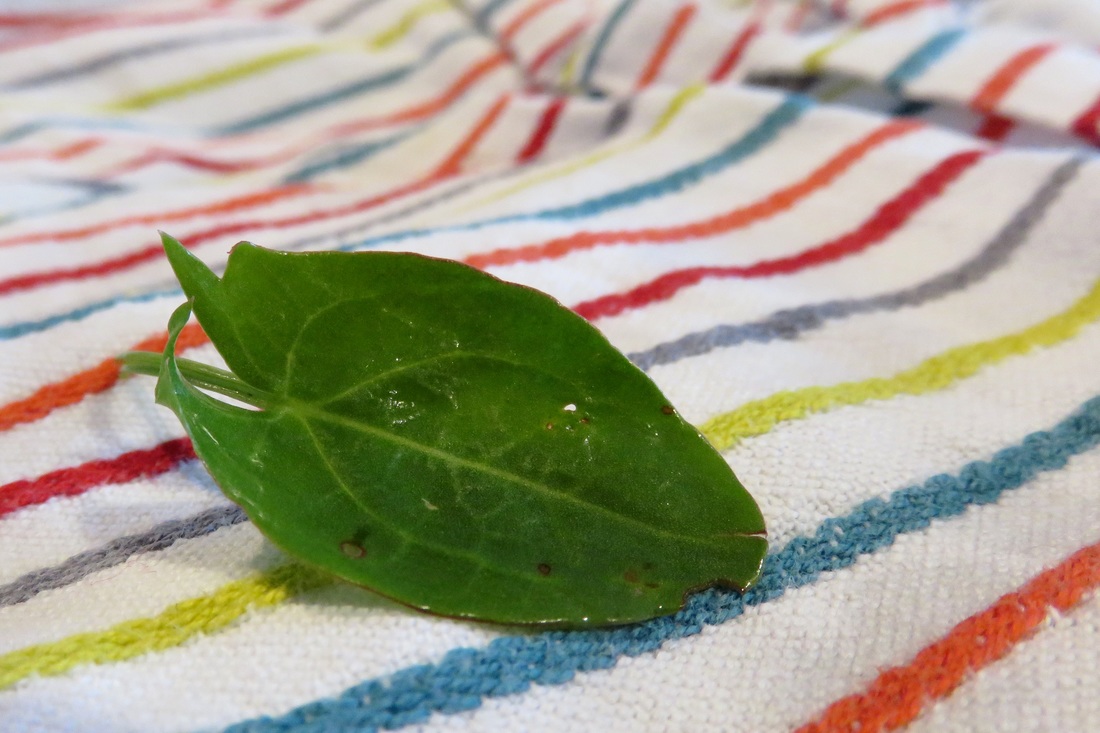
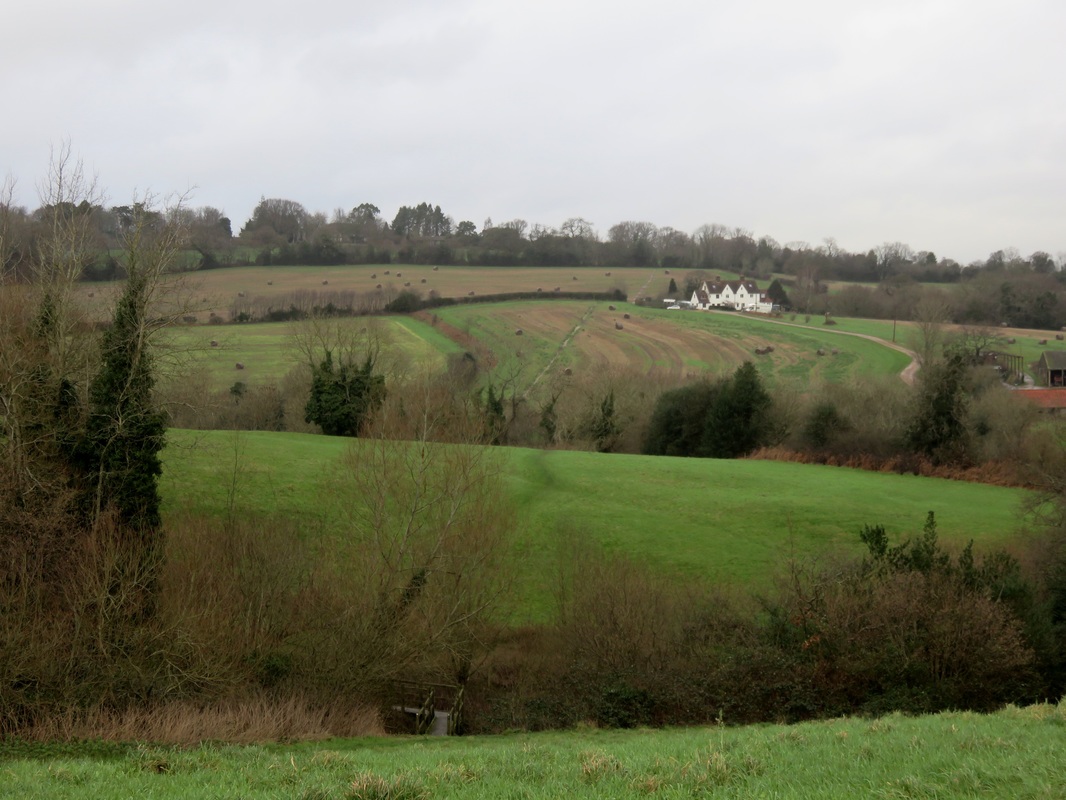
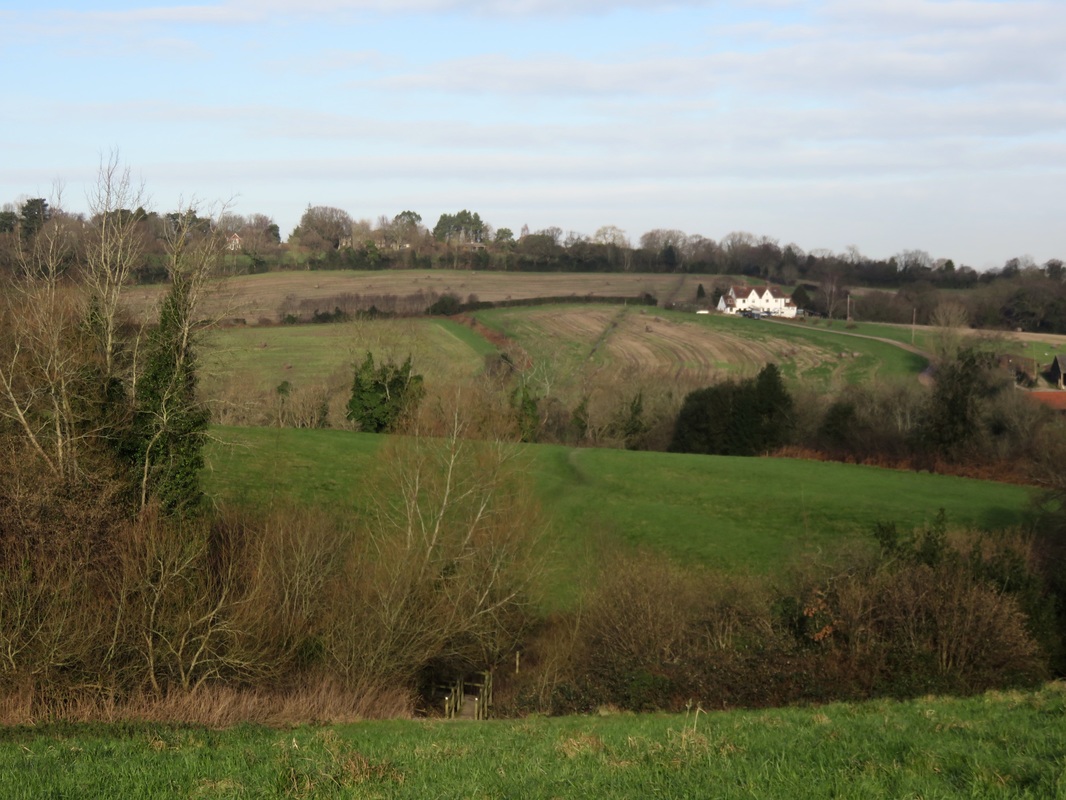
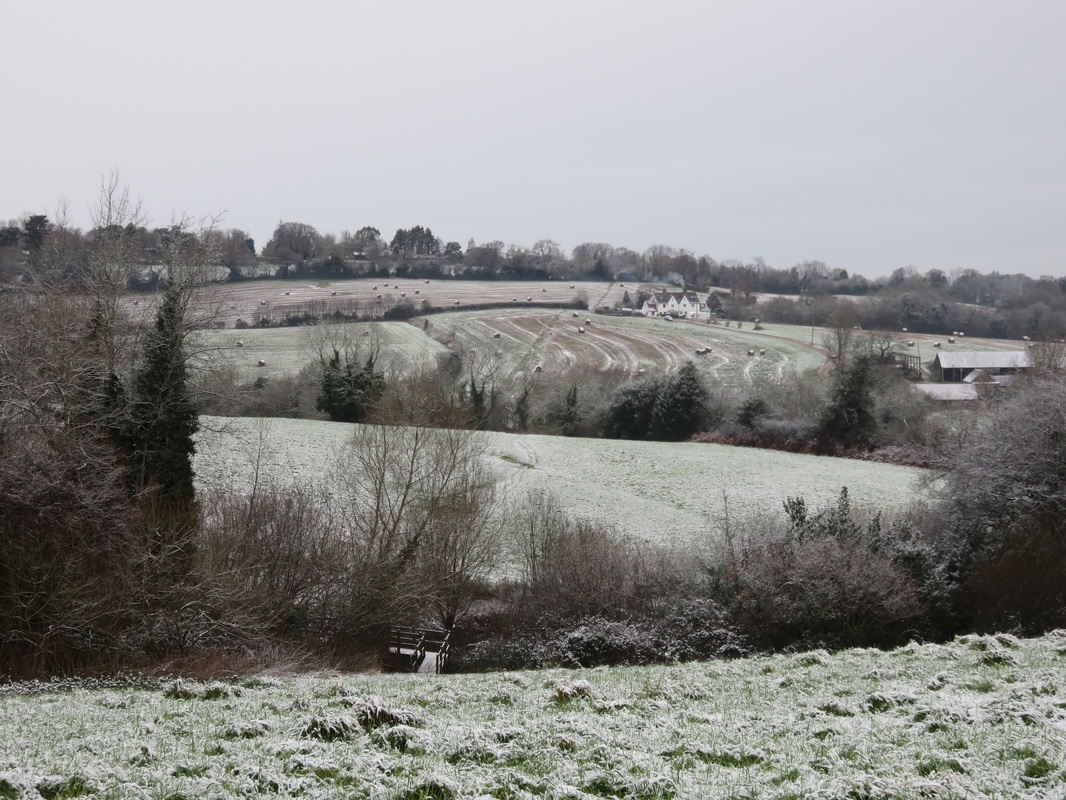
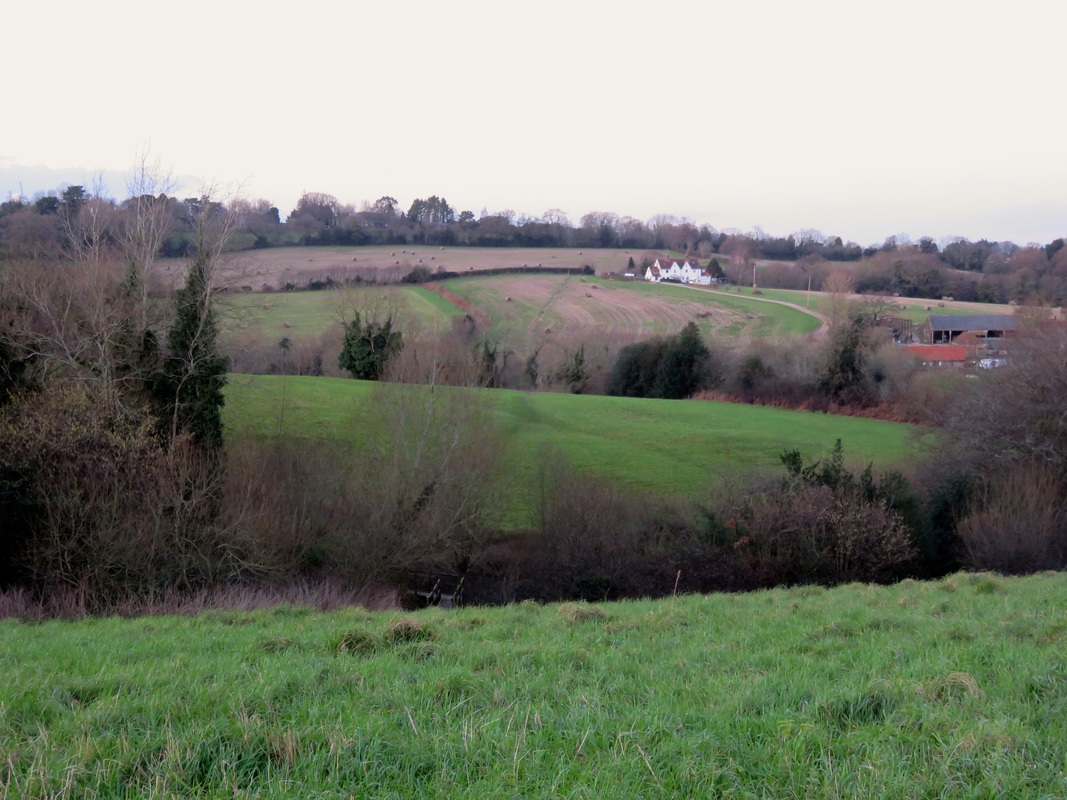
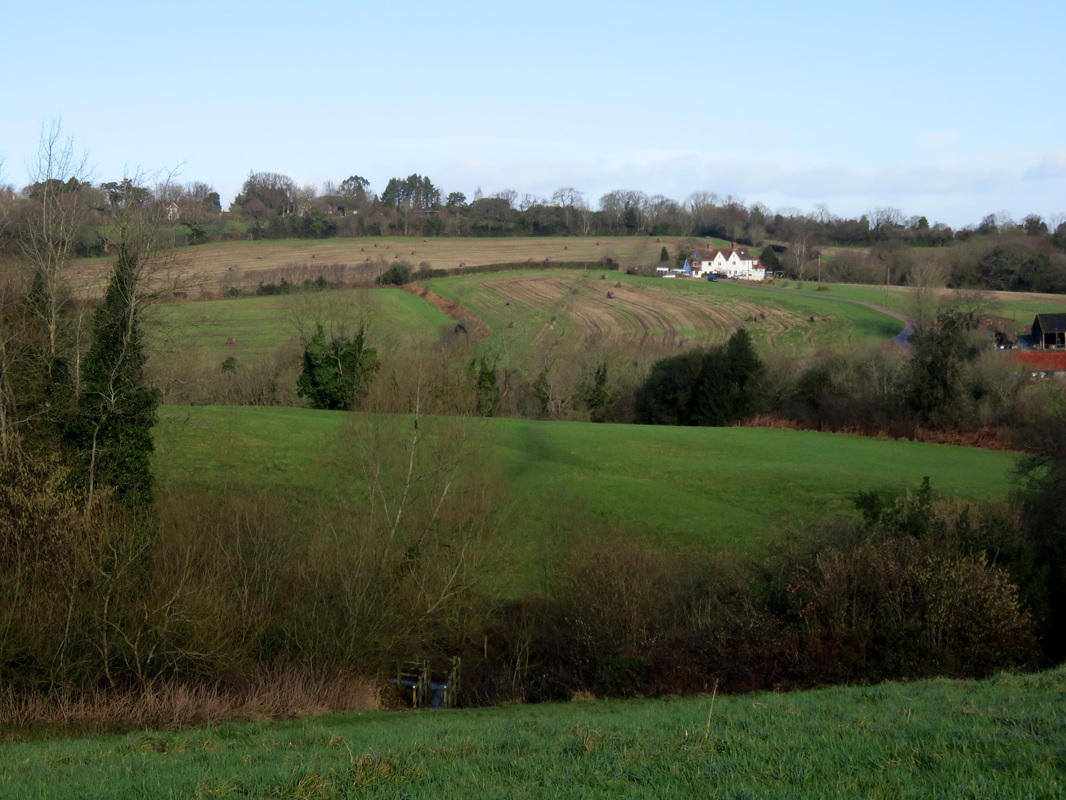
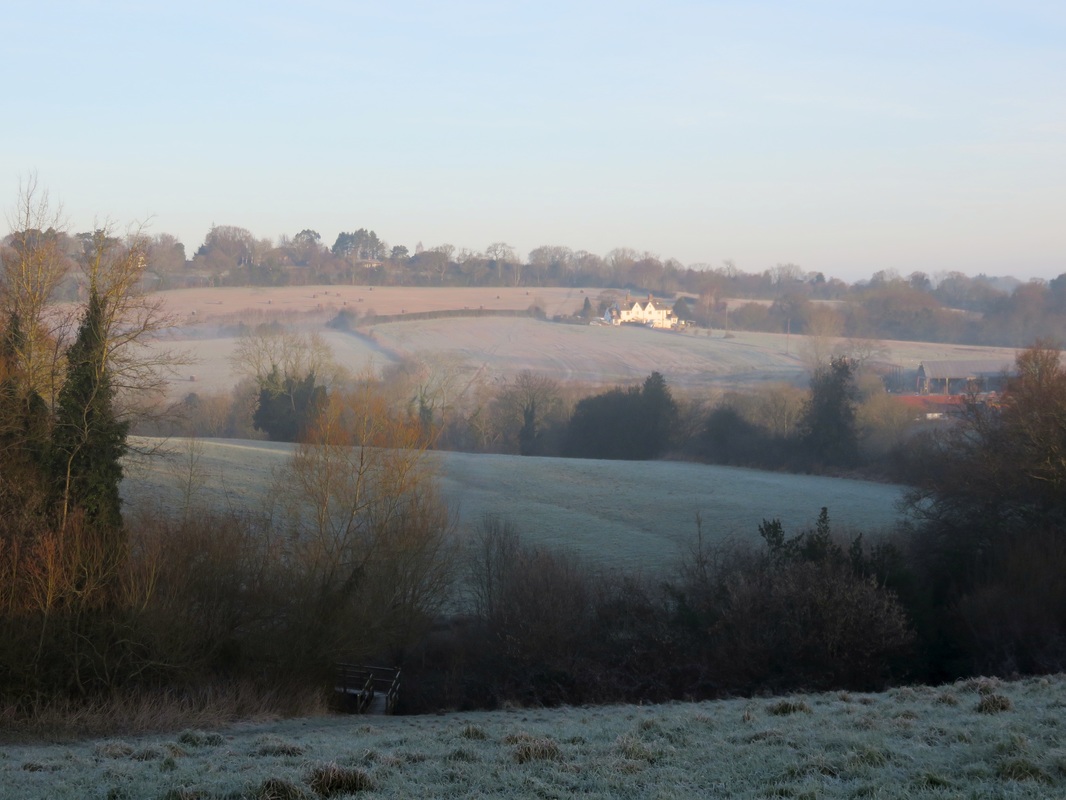
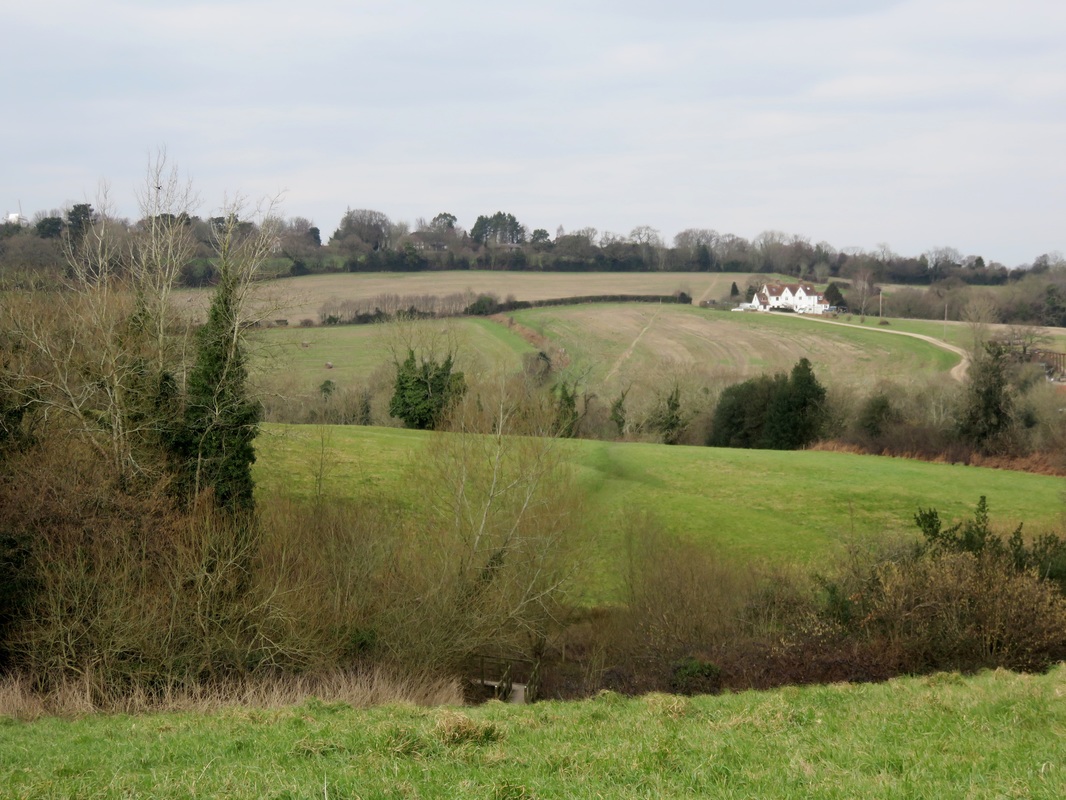
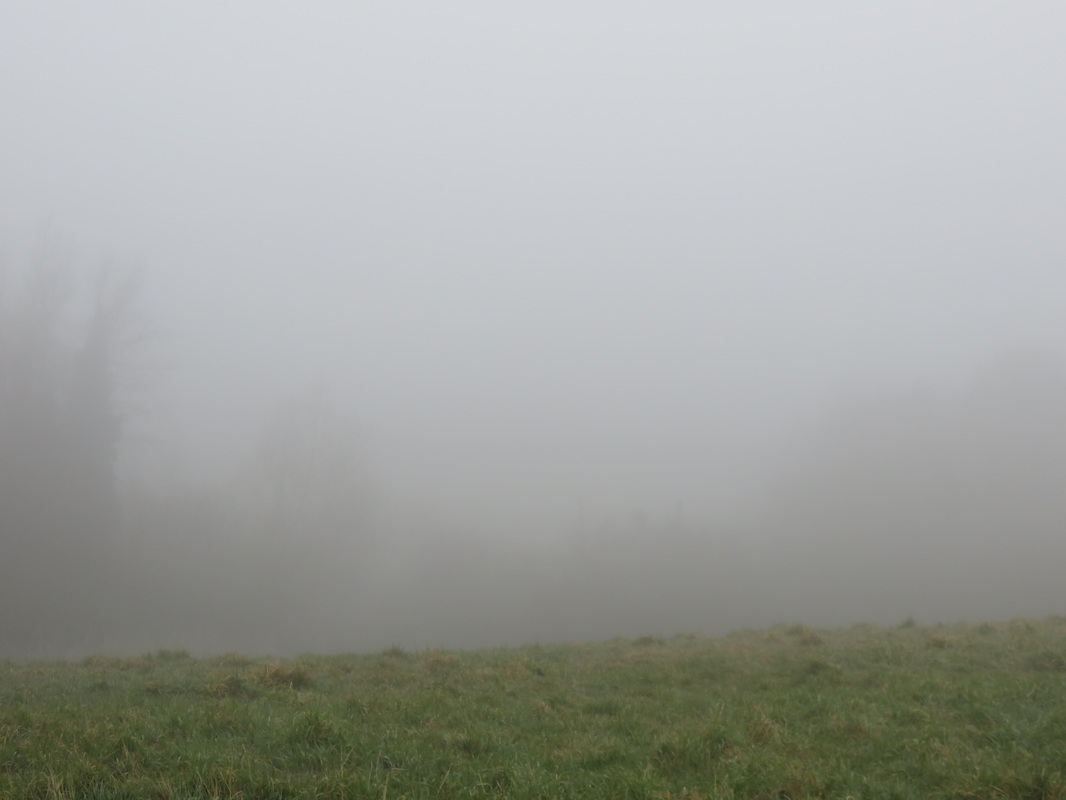
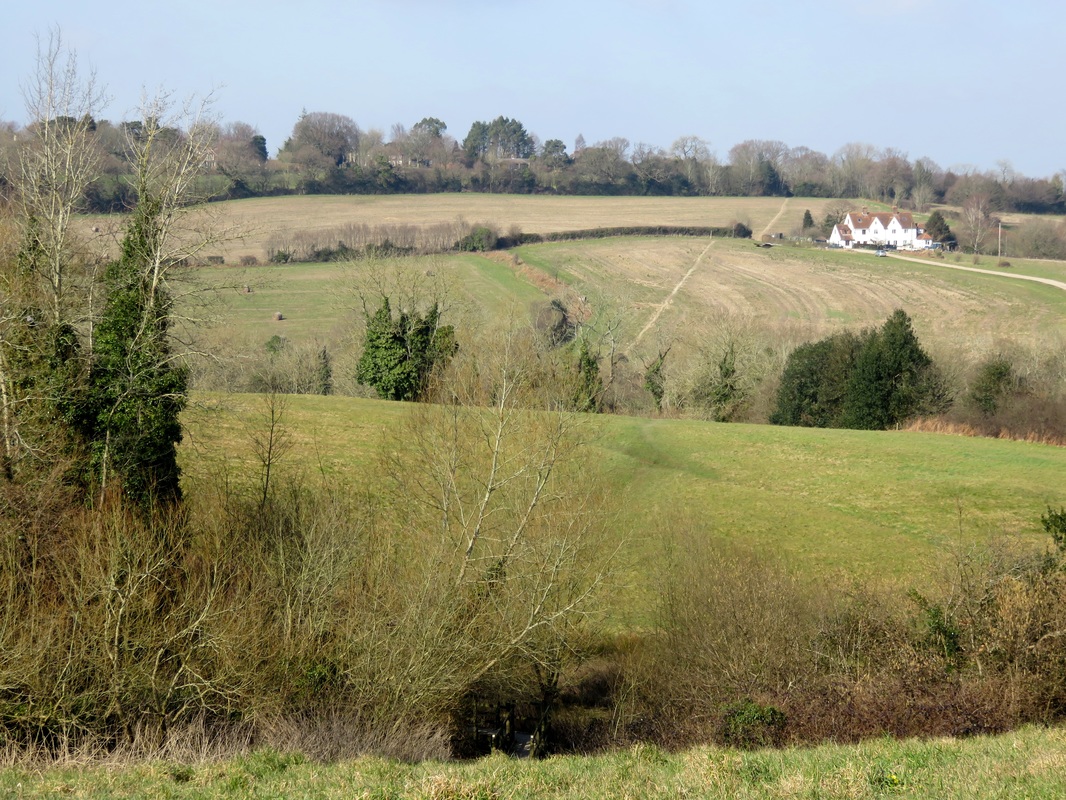
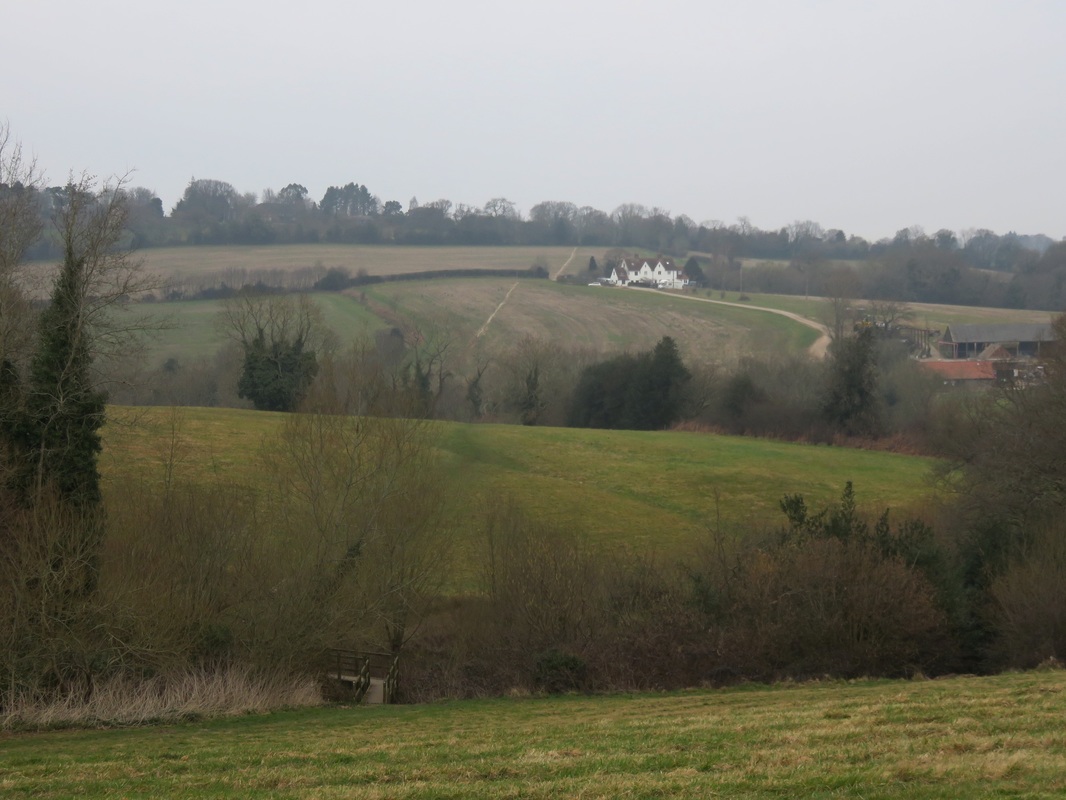
 RSS Feed
RSS Feed
